Don't wanna be here? Send us removal request.
Text
Final Submission:
After showcasing the photographs in the zine format, I also decided to make some large-scale prints of the photographs to present the viewer with a large depiction of the imagery instead of just the photographs perceived in the zine. I scaled the prints specifically at A3 to expose the prominence of the subjects depicted; elevating the overall interpretation from the factual informative information and emphasising the initial representations of the Trappist-1(f) to be exposed publically. Obstructing the truth of the image through, while simply presenting the photographs in a photojournalistic approach to the representation to appear truthful in relation to the context. I got the prints made in Barnsley at SpinPrints where I emailed Jon enquiring about the prints and he asked me to email him the high-resolution 300dpi files of the photographs wanted for print. I received the prints by the weekend of sending them off and they work effectively as large-scale representations to communicate the viewer of the context through the visual aesthetics. In the future, I attempt to publish the zine professionally to achieve a more professional presentation for the photographs, again to elevate the status of their depiction but to disseminate the information and the post-production issues analysed in the series, as contemporary society hosts the majority of post-production due to the digital age of easily accessible software's. Below, I have displayed a photograph of the overall sources for the visual outcomes corresponding to the essay.
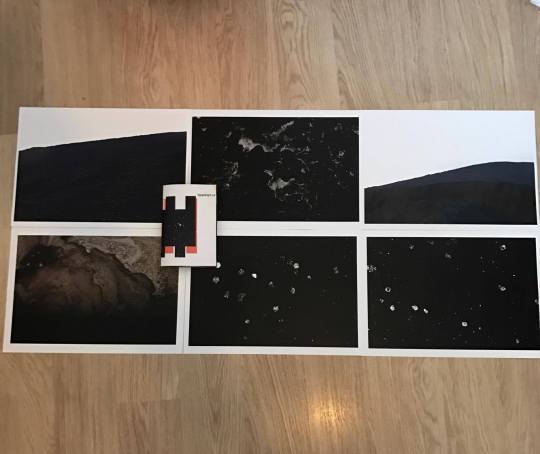
Photograph of the A3 prints displayed and the zine.
0 notes
Text
Final Publication Print
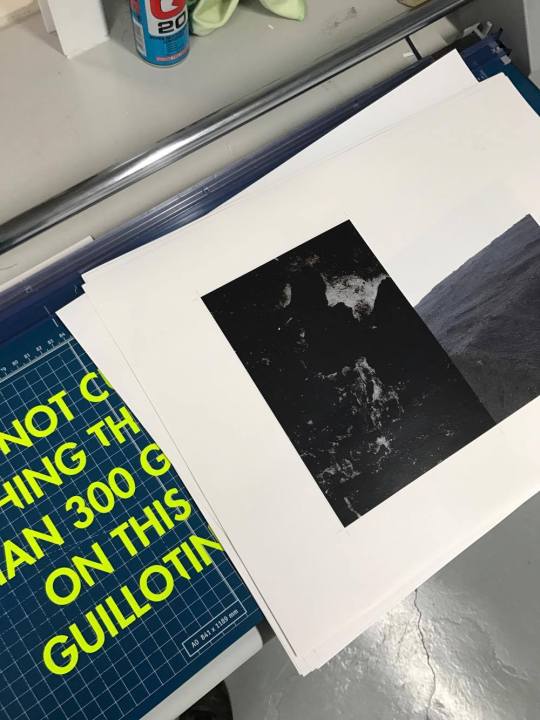
In the process of printing the zine, I first made an appointment with James in the repo print room via email with an attached short description of how I wanted the zine to be printed; considering the viewer's interpretation of the subjects presented and the depiction of the photographs in the publication. I ‘packaged’ the contents of the InDesign file for the transfer from my laptop to the computers in the repo to preserve the photographs applied and the positioning, if the file isn’t packaged the photographs will display missing links to the original files and will be unable to print the sources attached to the file. Once, the contents of the publication had been transferred onto the print computers, I explained to James the premise of the project and how I wanted to present the photographs in the publication to elevate their depiction through the presentation and the experience of the journey through the publication. As I explained and presented the photographs that would be displayed, James commented on how I could construct the zine to align directly with the context of the project. James explained that due to the number of pages in the zine the interior of the book may leak out over the opening page, although this can be prevented by equally using the guillotine on each page to obtain a correct scale so the exterior cover of the zine would tie the contents together. I decided to employ matte paper simply to conserve the quality of colour in the photographs and to reduce light glare distracting the viewer's attention on the evidence provided in the photographic series. After deciding on the paper type, I scaled the InDesign file to print the A5 zine, purposely for the quick informative feature and the easy accessibility of the scale.
While waiting for the publication to print, I wanted to analyse Joan Foncuberta’s A5 Sputnik publication again to analyse the presentation of the photographic evidence accounting towards the overall context; to utilise transferable skills to adapt into my own practice to emphasise the quality of the photographs and preserving the correct interpretations to portray. Although, I didn’t consider altering any features of the publication after referencing Sputnik as I believe the depiction of the photographs in the zine relate directly and conceptually to the concept - communicating the context effectively through the aesthetics. Once the individual pages were printed, I went to scale down the prints with the guillotine in the cutting room - isolating the photograph from white frame presenting the image, removing it from it’s content to provide a visual gateway into the content of the Trappist-1f. Although, I soon realised that after I had individually scaled down all of the prints to A4 spreads that I should’ve scaled the photographs after stapling the pages together to obtain an equal size on the pages allowing the cover/back to sit firmly above the content. I managed to remove the excess paper sticking out from the interior with a knife, however, if I was to do this again or re-publish it I would definitely staple the sequence of the prints first, then scale down the pages. I found it exceedingly difficult to compile the A4 spreads together chronologically due to the 15 black pages and the minimalism in the presentation, although I managed to follow the PDF reader opened in Preview to direct the sequencing correctly.
Overall, I am pleased with the final outcome of the publication. I believe it portrays and communicates the context of the project, even without previous knowledge on the zine or the Trappist-1, the viewer is able to interpret the photographs from the recognisable features of space, but however, because the photographs are presented in a tangible publication, the photographs appear factual aligned with text and the title of the Trappist-1; when realistically the photographs are fake hoaxes, deceiving the viewers by experimenting with interpretation and representation - symbolising the indistinguishable vision of post-production applicants on the photograph, formulating the interpretation. If I was to do this again, I would staple the photographs in sequence first and then scale the vertices of the prints to obtain an equal scale within the publication to avoid any further alterations, plus I probably would’ve printed the exterior of the publication on thicker density of paper to apply a professional approach to the material, and ultimately constructing professional interpretations gained by the viewer when analysing the publication. I believe the zine works effectively as a visual produce responding conceptually to the truth and objectivity context of the essay. I will submit the zine as a final product for the response, but I was also considering printing the photographs individually as A4/3 prints to expose the aesthetic and elevate the significance of the photographs through large depictions. I will book a print slot with James again to print the photographs or if not, I will contact SpinPrint in Barnsley to print the photographs.
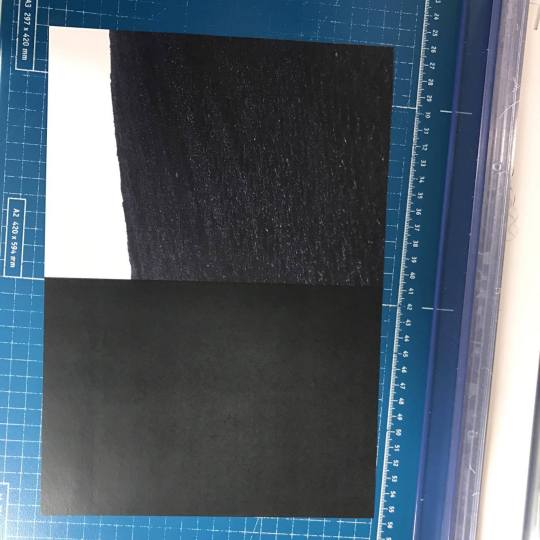
Photograph of the scaled A4 double spread pages, not sequenced.

Photograph of the scaled A4 double spreads, not sequenced.
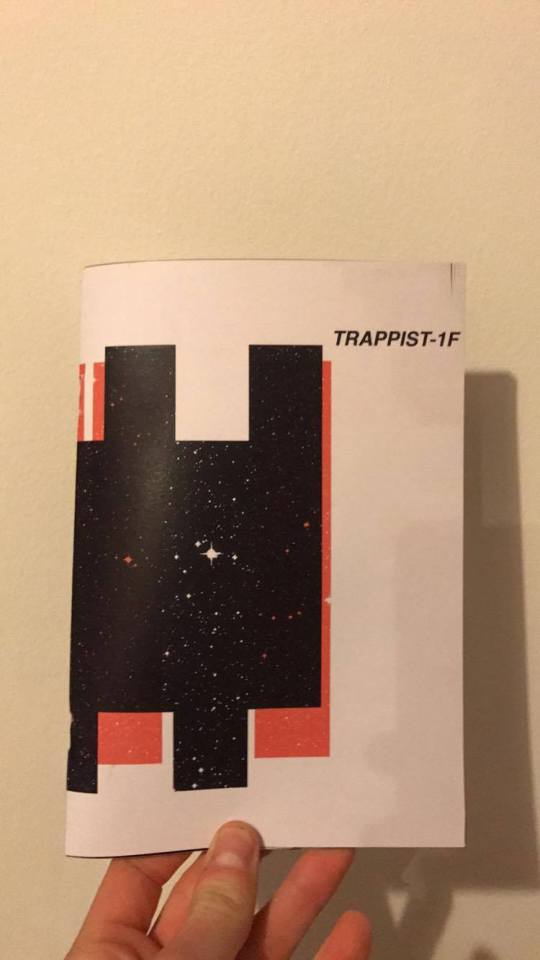
Photograph of the front of the zine.

Photograph of the back of the zine.
0 notes
Text
Publication Output:

After selecting the final images to be presented in the series, I began to considered how the photographs will be displayed and how the display will affect the viewer's interpretation of the content. A continuous ambiguous theme is apparent in the series from the conceptual approaches communicating the context. I began to question how I could elevate the status of the photographs to appear ambiguous through the presentation, correlating with the aesthetics of the photograph to signify the overall depiction of the photograph, and the overall discovery of the Trappist-1. In the conventional publication format, the reader is unable to depict what is presented on two pages simultaneously which adds a mystery to what is to come, preserving the viewer's attention to discovering more of the photographs, and more of the context. Whereas an exhibition is a publication without pages, the photographs are displayed together, the observer is able to depict several photographs at once. I want to utilise the format of a zine to preserve the ambiguous depictions on the photographs, but also to relate with the context of the discovery; to emphasise and signify the individuals pursue more information. I believe the fundamental structures of a publication acts as a discovery in its self - opening and closing the pages to discover what is next.
So, I decided to gather all the final images for the publication together to construct an initial draft on Adobe InDesign; specifically choosing InDesign due to the creative freedom assigned with the software, I am fairly familiar with InDesign due to previous education in Graphic Design. Initially, I decided to create an A5 book template to enable easy accessibility to the photographs and for the practicalities of the publication. As I’d specifically employed the format of a zine to present the content in a discoverable manner from the operations of a publication - I wanted to sequence the photographs to entale the context of discovery, enthralling the viewer into a discovery, not just of the Trappist-1, but of the actual positioning of the photographs in the publication; experimenting with the presentation of the photographs to imply and reference the context of the project. I wanted to enable the viewer to experience the discovery of the photographs and of the Trappist-1 by constructing a journey through the publication, developing the atmosphere and climate of the discovery - assisted with the distance photographs and the predominantly black atmosphere of the universe. I decided that due to the conceptual discovery of the photographs in the publication, I would feature the pit-stack photographs (representing the Trappist-1f) at the back of the publication, so throughout the pages, it eventuates towards the discovery at the end. In the contents before the pit-stack photographs, I will consider the positioning of the chewing gum photographs (representing stars) and location/textural shots (representing the location from distance) to preserve the viewer's attention and attraction through the publication, without the series appearing mundane or too ambiguous and not communicating the context of the project effectively. I must consider the presentation of the detailed photographs with the blank distance images to obtain an equal ratio - using the distance photographs to imply the context of the detailed photographs, considering their placement in the publication to secure the interest of the audiences. When sequencing the photographs, I related the sequence to the actual discovery, or the process of the discovery: beginning with several black distance photographs with a star photograph appearing every so often to preserve the context and excitement of the journey.
On the exterior of the publication, I wanted to portray a professional insight into the context beneath the cover, correlating with the aesthetics and the concept of the series. I believe the cover must present graphic relations with the context provided in the publication; considering the typography, the negative space (in correlation with the distance photographs), the text and photographs positioning, also what I would like to include on the cover. I must consider how I present the publication to the audience - what would the cover feature? As I wanted to present a factual approach to the Trappist-1, constructing informative innovate information to signify the discovery and to relate directly to the essay question through the truth and objectivity of the photographic representations. Initially, I decided that I wanted to attach some supporting text not implying the fictional approach to the project, but rather supplying factual information on the Trappist-1 to imply the realism of the depictions featured, unconsciously proving the truth of the photographs based on interpretation. To obtain a professional visual summary of the context, I decided to contact a Graphic Design student at Leeds College of Art to create a cover for the publication, based on their practice and relations with the publication. I simply didn’t want any design to be the cover / the insight into the publication, as its purpose must relate to the informative intentions of the project and the design must relate aesthetically with the photographs inside the publication to preserve consistency while simultaneously emphasising the overall depiction of the photo series. After analysing several Graphic Design practitioners, I decided to contact Connor Hastie, a second-year Graphic Design student at LCA specialising in photo montage/manipulation screen printing, correlating with the post-production purposes of the project to preserve the consistency and inform the audience of the first impression. I contacted Connor with a minor brief explaining the context of the project and that I wanted him to produce the cover for the series, see screenshot below, although I clarified that I didn’t have a specific idea or design that I had intended for the cover and that I wanted to employ his practice to construct an appreciable design to be recognised and inform the context during the first interpretation. I did, however, explain that I wanted to advertise the publication as a contemporary factual visual representation of the Trappist-1f, so these should be considerations during the production of the design to align with the intentions specifically to compile and summarise the overall publication effectively. When Connor contacted me back a few days after the initial conversations, he sent me an initial design via email for me to analyse and compare with the aesthetics of the project. Although, I was exceedingly pleased with the initial design as it presented a distinct relation with the context of the project through the visual representation of the stars depicted in the red and black contemporary, swiss influenced design, employing both the red and black on the stars to represent the true and false features in the publication. The typography appears formal and official to the audience due to the heavy weighted sans serif contemporary typeface, implying an informative notion of the project to enable the photographs to appear as evidence formulating a photojournalistic approach to the interpretation of the project. I replied to the message explaining that I was pleased with the initial visual response and believed it portrayed the correct interpretations that I wish to inform the viewer, relating visually and conceptually with the context of the project. I asked Connor whether he could design the back cover of the publication as well with the same design, maintaining the consistency and overlapping features on the back cover so the design would run through the spine and onto the back of the publication. I also questioned where I could present the supporting context to inform the viewer, whether this would be before the viewer analysed the photographs or after: informing before the photographs would mean the viewer understands the intentions of the photographs when analysing, or if the text is presented after, the viewer would analyse the photographs without knowledge of what is presented, only that interpreted from the cover. I must consider the continuous preservation of the ambiguity in the publication from the aesthetics and the context of the discovery, so I believe if the text was aligned in the back of the publication it would enable the viewer to analyse the series without knowledge of the context, implying the ambiguity of the publication and the discovery of the trappist-1f. I compiled a short supporting factual statement about the Trappist-1(f) to create an insight into the context and the intentions of the photographs and I asked Connor whether he could align the text on the back cover of the design, which he did, shown below. So the viewer is able to gain an understanding of the intentions of the visual depictions after analysing the publication, elevating the ambiguity and highlighting the overall status of the photographs presentation in the medium of a publication - allowing the viewer to interpret the photographs without any aligned context until after the journey through the publication. I assigned the front and back design cover to the InDesign document template, considering the bleed, to analyse the cover in relation to the photograph presented, which worked effectively to inform and summarise the project. Once the final photographic sequence had been referenced and applied to the InDesign template publication, I began to make the final adjustments and clarifications to enable the success of the final product and to remain professional in context to the project. In InDesign, I clarified that all the photographs were full-bleed on the templates to capture the complete atmosphere and discovery of the Trappist-1f without distractions, emphasising the gateway into the context. Also, I considered the gutters in the publication and how the tangible presentation of the zine may affect the viewer's interpretation on the photographs, especially with James comments on the density of the zine due to the amount of distance photographs presented. I don’t believe the gutter will cause any crucial modifications to the photographs or to the viewer's interpretation as the medium alone will emphasise and capture the discovery in a tangible document accessible to anyone. Before, exporting the InDesign book template for print, I clarified that the high-quality view was selected to expose the correct depiction and maintain the detail in focus for the print. If the high-quality view hadn’t been selected the photographs would appear low resoluted, with possible pixelation. So to preserve the professionalism and the viewer's depiction on the photographic series, I have selected the high-quality view for all the external sources presented in the template to appear professional within the context of the project.
“Astronomers have discovered seven Earth-sized planets orbiting the Trappist-1 dwarf star with the Spitzer Space Telescope, located 39.5ly away from the Sun in the constellation of Aquarius. At least three of the planets harbour oceans of water - key to life as we know it - under the right atmospheric conditions, but the chances are highest with the three in the habitable zone. In the orbit, planets (b, c, e, f and g) are a similar scale to Earth, and (d and h) are intermediate in size between Earth and Mars, but planets (e, f and g) are within the habitable zone of water, possible to host life-form. The Trappist-1f (2MASS J23062928-0502285 f) is an exoplanet with a rough rocky surface, orbiting within the region where liquid water may exist on the surface of the planet. In the publication, I have presented visual representations of the Trappist-1f never before seen by the public to allow an insight into the phenomenon discovery of our neighbouring planets and the exciting possibilities yet to come from the initial discovery. Each of the 15 black double-spread photographs represents 1.528 x 10^13 miles closer to the Trappist-1 to equal the total distance of 39.5ly between Earth and the Trappist-1, enabling the viewer to embark on a journey through the publication to uncover the most important innovate discovery of the humanity in the 21st century.” Supporting text to be displayed on the back cover.
I am exceedingly pleased with the design outcomes from Connor and wish to use the initial responses for the front and back cover of the publication, I believe they work effectively to inform the audience on the context provided inside the publication whilst correlating conceptually and aesthetically with the context of the discovery. I am happy with the selected sequencing implementing the discovery of the trappost-1(f), entailing the chronological ambiguous journey through the publication to discover the subject. I believe the presentation of the zine elevates the status and the viewer's depiction of the subjects presented from the formal presentation of the design, emphasising the informative deceptive purpose of the photographs to successfully deceive the viewers. Next, I will package the contents of the InDesign file for the print slot with James in the repo room.
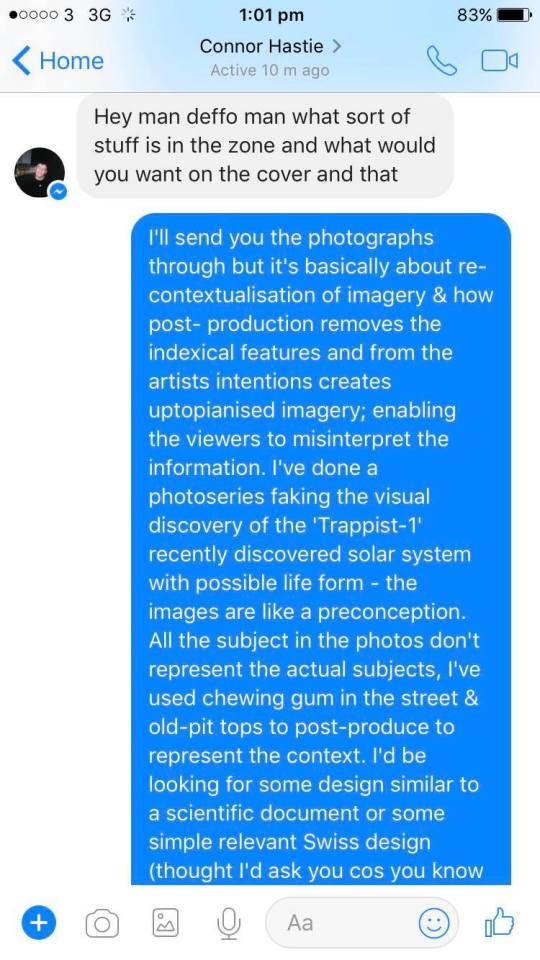
Screenshot of the messages to Connor Hastie about the Design of the cover.
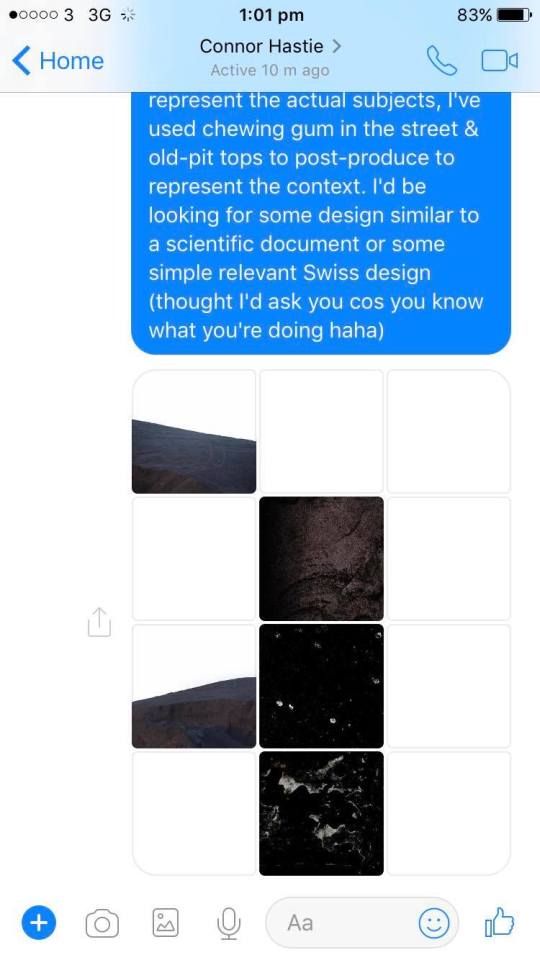
Screenshot of the messages to Connor Hastie about the Design of the cover.
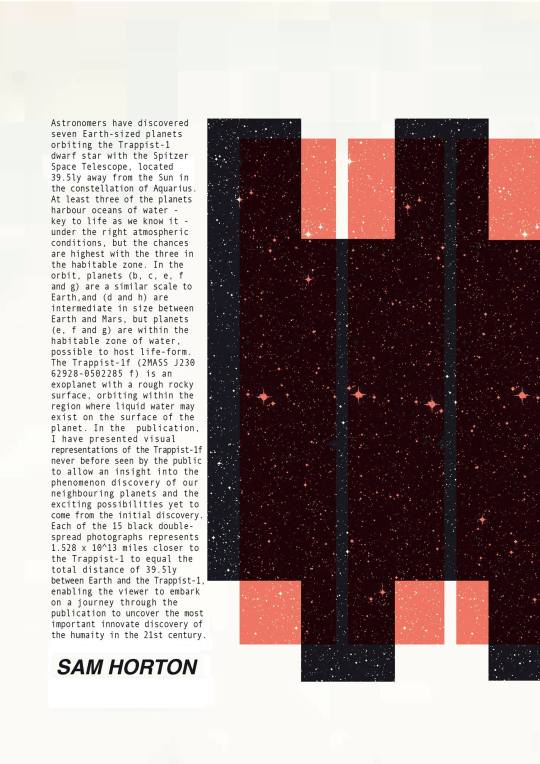
Screenshot of the type positioning on the back cover.
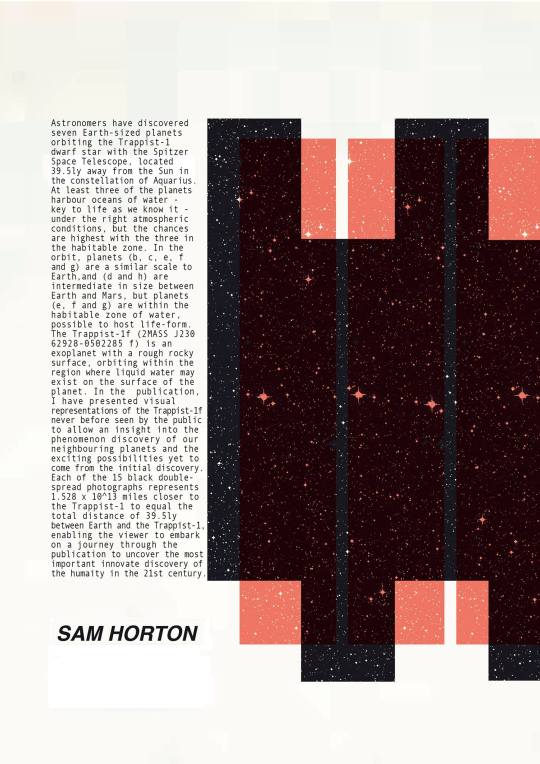
Screenshot of the selected type positioning for the back cover.

Screenshot of the progress with the InDesign Book Template.

Screenshot of the sequencing in the InDesign document and the positioning of the photographs within the margins of the template.
0 notes
Text
Final Image Selection:
In the photographic response to the essay, I have compiled a range of recontextualised photographic evidence to be presented correctly within the context of the project to form the consumption of the viewer for the deceptive influence. In Foncuberta’s Sputnik photo series, a wide-range of photographic evidence is presented to emphasise the realism of the event, the existence and actuality. Anyone unfamiliar with Joan Foncuberta or his photographic practice would perceive the photographs presented in the Sputnik publication as a truthful documentation from the orthodox indexical attachments and objectification's of reality, due to the mass amount of provided representations correlating contextually and visually with the context. Corresponding to the essay title through experimenting with the effects of post-production, superimposing the artist's ideal utopian expectations and intentions for the satisfaction with the aesthetic and analysing the impact of the viewer's consumption of the believed truthful photograph. In the final image selection, I must consider what evidence I should provide to the audience and how I can enable the viewers to interpret the project as an actual existing event.
So far, I have the chewing gum, pit-stack, machinery and distance photographs all accounting towards the representation of the Trappist-1f. When all the photographs are positioned together, I am able to see the series in full, at once, aligned against each other to analyse the interpretation I am providing. I believe all the photographs visually and conceptually symbolise the context of the discovery, however, I personally believe the machinery photographs don’t provide the correlative ambiguous consistency of the chewing gum, pit stack and distance photographs. Although the machinery photographs relate to the practicalities of the mission, I am not presenting the mission to the Trappist-1f as it has only recently been discovered I am presenting pre-conceived visions of the textural studies and atmospheres of the Trappist-1f exposing the truthful representations and enabling the viewers to participate on a journey into the discovery through the depths of the publication. I believe the machinery photographs don’t visually relate to the consistency of the aesthetics in the series and provide irrelevant information that doesn’t specifically account towards the evidence of the planets, more so of how the representations were perceived. I will remove the machinery photographs from the series to emphasise the ambiguity and mystery of the aesthetics presented in the series, while also emphasising the perplexing phenomenal discovery of the Trappist-1 and planets (e, f and g) positioned in the habitable zone of the orbit, possible to host life form. I will correlate the ambiguous aesthetics with the relatively minimal information provided from the discovery generate the viewer's attention and to raise awareness of the beauty and excellence in the solar system. The photographic series will be a celebration of the discovery and an informative document of the effects of post-production manipulation, exposing the results and transformations of perceivable reality.
I will employ the pit-stack, chewing gum and distance photographs to preconceive the Trappist-1, displayed below, considering the composition and depiction of the subjects and how they present the fictional entities. All of the photographs chosen below communicate the context of the project the most effectively from the preservation of the consistency in the aesthetics and the subtle informative features of the ambiguity. In the brief’s submission requirements there aren't no specific guidelines for the outcome of the visual responses, so I believe I shall produce a series of A4/A3 prints on Matte paper to reduce the light glare obstructing the depiction and to obtain the maximum amount of detail in the photographs. I wanted to scale all the photographs at A3/A2 as I believe they would work effectively at a large scale, referencing the infinite scale of space and exposing the minor details in the photograph to enthral the viewers into their individual discovery.
Furthermore, I wondered how I could possibly elevate the status of the photographic series to appear more professionally as factual information. I began researching into presentation alternatives, as the presentation of the images applies the status of the hierarchy, influencing the viewer's interpretation of the photographic evidence. I researched into making a zine and the practicalities of it to present my photographs, although zines are predominantly DIY constructed, I wanted a tangible platform to present the photographs in to elevate their purpose and intentions with a supporting context; to imply and inform through a photojournalistic approach. I will sequence the photographs in the zine to introduce the discovery, each page the viewer flicks through, the deeper into the innovative exploration, through the ambiguity and conceptual representations moving further towards the Trappist-1. As each page represents 1.528 x 10^13 miles further towards the Trappist-1, the viewer isn’t simply turning the pages they’re conceptually participating in their own individual discovery in the publication; emphasising the excitement of the actual discovery. I will align a short supporting description of information with the zine, not exposing the fictional aspects, or the recontextualizations, but simply informing the viewers of the Trappist-1 and it’s possibility to host life-form. I believe this will portray the photographs as factual information, employing photojournalistic methodologies of photographs and text to direct the viewer's interpretations, increasing the deceiving features of the photograph. Although, I must consider the number of photographs that will be presented in the zine: the 11 selected images below and the 15 black distance photographs will create a dense zine, so I should consider the practicalities of it and how it will affect the presentation of the images.
I personally believe that all the photographs selected for the final images correlate and communicate notions of truth and objectivity, literally and conceptually, while simultaneously implying a fragment of a perceivable formulation of hyperreality from post-production attributes. The selected images account together with a juxtaposition of informative depictions evidencing the event, displaying a selected range of photographs, not too broad simply due to the newly discovered phenomenon. I will continue researching further into the external presentation of the photographs to understand the best creative methods of elevating the purpose of the photographs to appear more informative and more factual to the viewers.
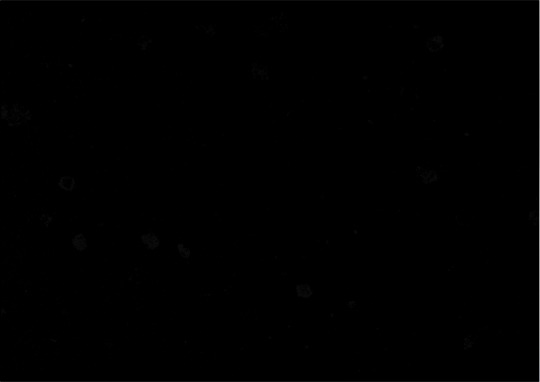
(15 of the black photographs each symbolising 1.528 x 10^13 miles, all contributing to the total distance between Earth & Trappist-1 = 39.5±1.3 ly).

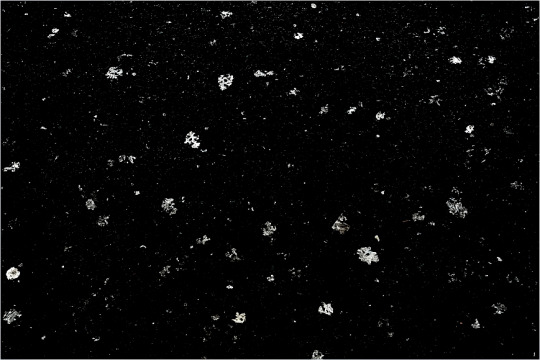
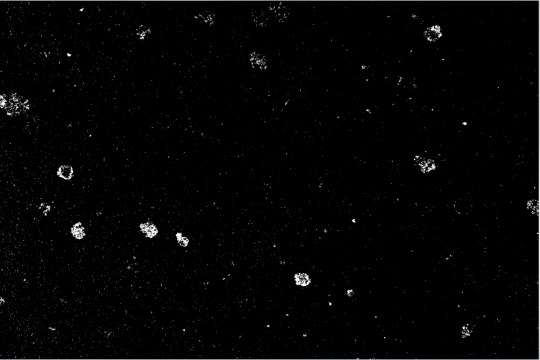
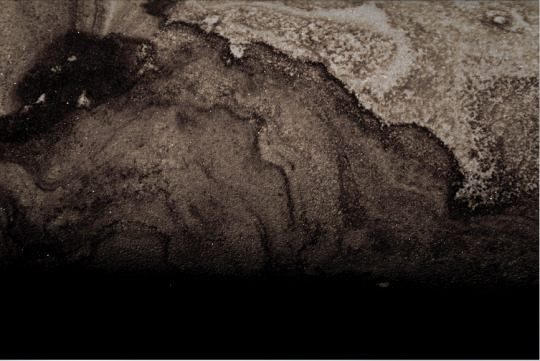
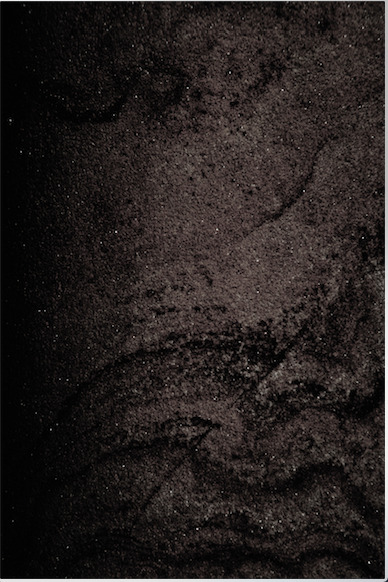
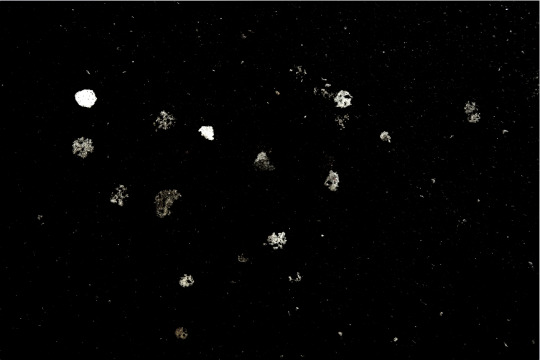

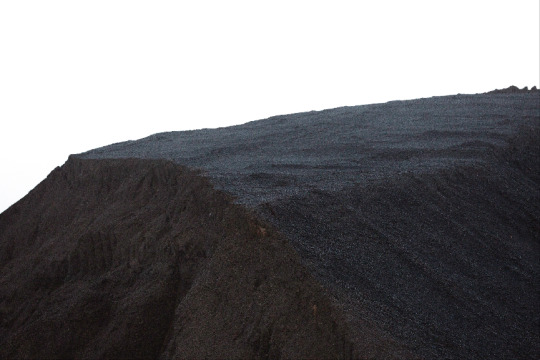
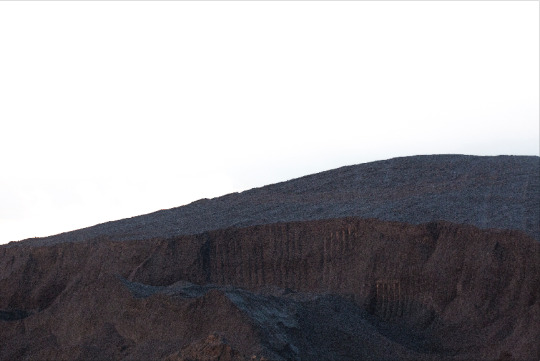

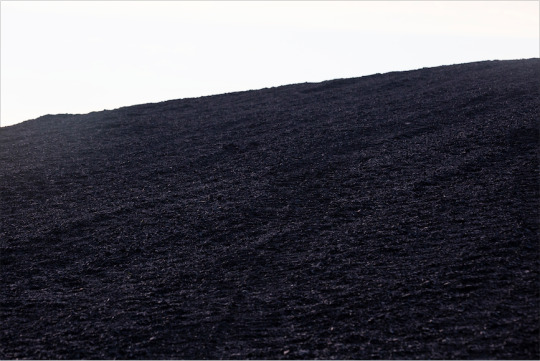
0 notes
Text
Title Selection:
After constructing a wide-range of photographic sources to be presented in the publication, I must consider the title for the project and its relation to the photographic depictions and the truthful features in the evidence. I don’t want to directly inform the viewer that all the images are untruthful and don’t depict the Trappist-1 as the premise of the book would be destroyed. I have specifically presented the photographs in a publication to retain the truthful presentations of the photographs from the tangible printed features, the publication format elevates the importance of the photographs while simultaneously correlating with the actual discovery of the Trappist-1. I believe the title is an important feature to the publication as it doesn’t simply summarise the project to apply context to the photographs, it creates an insight into the viewers pre-conception of the imagery within the publication; assisted through the design of the type and the cover, as this will ultimately present the doorway into the discovery. I haven’t fully considered the typography yet, although, in relation to the truthful presentation, I believe a formal simplist contemporary typeface sans or sans-serif would apply the photographic documental elements into the viewer's depiction implying the photographic sources are truthful from the formalities of its presentation. In the title selection, I simply thought about naming the project ‘Trappist-1′ although I thought it appears slightly too broad, and the Trappist-1 is the dwarf star so the visual representations of the pit-stacks would not correctly fit within the title, plus I would like to include an influence of ambiguity to correlate with the depictions. Below, I have stated all the ideas gained for the title.
‘Speculate, etaluceps’
‘Trappist-1: Noisivne’ - I liked this result from the ambiguity of ‘Noisivne’ (envision backwards) and the direct reference to the Trappist-1. I believe that envision is a keyword to the project and when it is written backwards and presented with Trappist-1 the word appears like a planet's name, in reference with the photography.
‘Noisivne Envision’
‘Trappist-1: Foundation’ - A foundational visual representation into the phenomenon discovery of the star and the seven planets. As I have included foundation it applies a sense of continuity with the publication which I don’t want, but on the other hand, foundation appears formal in relation to Trappist-1 and could portray almost a document of the discovery.
‘Spitzer: Trappist-1′ - In an attempt to preserve the literal, direct, factual information with the context, I have applied the word Spitzer as the initial sighting was discovered with the Spitzer Space Telescope, plus the confirmation of the sightings of the seven planets orbiting the Trappist-1 were also discovered on the same telescope - so the Spitzner could act as the mechanisms for the photographs, when realistically it was my Fuji X-pro 1.
‘Trappist-1f’ - Is a planet in the habitable orbit zone possible to host life form and harbours oceans of water. I researched into each specific planet in the habitable orbit zone and discovered that the rocky climate of the Trappist-1f hold similar depictions to the textures of the pit-stacks, so a similarity can be preserved. So, essentially, all the photographs in the publication would reference the planet f. I like the title though as it provides a subtle implication to the main subject, but maintains a slight ambiguity from the f.
‘Trappist-1c’
‘Alone’ - I went for an alternative title ‘Alone’, although I believe it portrays a different interpretation to the other titles as it seems more theatrical, presenting the viewer with the photographs out of context to the Trappist-1.
In my opinion, I want to present the photographs as almost factual information to deceive the viewer further away from the actual depictions. So, I believe the titles: Trappist-1: Noisivne, Noisivne Envision, Spitzer: Trappist-1 and either Trappist-1f / Trappist-1c all work towards the factual presentation of the context, emphasising the importance of the photographs. I believe, due to the distinct relations in the climate and textures depicted from the artist's illustration interpretations, I should use the title Trappist-1f to preserve the simplicity and the informative features. It will develop an innovate representations of the planet 1f, never seen before by the public to obtain the viewer's interest from the ambiguous features. I will employ Trappist-1f as the title of the series and continue to develop the presentation of the images in the zine.
0 notes
Text
Visual Response: Distance Photographs

It is approximately 235 trillion miles from the Earth to the Trappist-1. So I question first how do I write 235 trillion and secondly how can I divide this into 10-20 sheets that will represent an equal specific distance? I have discovered that in a trillion there is 12 zeros - so I would apply 235 to the 12 zeros to create 235 trillion for the division in the calculator. I have already decided that I want to display around 10-20 photographs of the black photographs representing the atmosphere and depths of the universe, enabling the viewer to participate on the journey into the discovery.
1,000,000,000,000 - 1 trillion
235,000,000,000,000 - 235 trillion
As an initial test, I divided 235,000,000,000,000 by 15 = 1.5666667e+13, however, the result confused me so I researched what the small e signifies to understand the equation. If the answer is too big, the calculator will generate for instance 1.e4-20 which means one times ten to the power of 20 or 1.0 with the decimal point moved 20 places to the right.
So, to understand how many photographs I could produce with an equal distance presented in each I must do 235 trillion ÷ 15 (photographs) =
I still haven’t passed my GCSE Maths and was attempting to solve astromathematics, after visiting the technicians in LCA I decided to contact a mathematician at the Faculty of Mathematics and Physical Sciences of Leeds University for advice on dividing 235 trillion by 15/20 to gather an equal distance on each blank photograph that equivalates to the overall distance between Earth and Trappist-1: 39.5±1.3 ly. I explained the context of the project to inform the direction of the project, I found out it’d be simpler to work out the equation if the 15 photos represented 2.6 light years (39/15) to then convert the number of light years into miles, in this case, one black photograph is 1.52866667 (1.528) x 10^13 miles, . So 1.528 x 10^13 multiplied by 15 would equivalate to 39.5±1.3 ly - the total distance between Earth and Trappist-1. Each page the viewer enthrals a deeper discovery, not just into the tangible aspects of the book but 1.528 x 10^13 miles closer to Trappist-1. I will position suitable photographs in regard to the discoverable features of the publication to preserve the attention of the viewers while presenting subtle intriguing information. The black blank photographs will assist the publications overall aesthetic, symbolising the visual atmosphere of the universe while contextualising 1.528 x 10^13 miles assigned to each tangible page of the publication. Although, I believe the presentation will compliment the photographs position in the series and it’s overall depiction; there isn’t no content to perceive the photograph must work in a correlative contextual relation to highlight the intentions of its depiction. The photographs were created in my bedroom around 4 am with a Fuji X-pro1, I simply photographed the corner of my bedroom and decreased the aperture to achieve a black underexposed photograph, reduced to one single block colour - preserving the photographic consistency of the deceptive trickery, symbolising the realism of post-production in photography. I must consider the ratio between the blank black photographs and the detailed ones, to impose the conceptual narrative within the publication - more blank black photographs would create a corresponding visual environment in the publication, applying context to the detailed photographs. I will begin to consider the sequencing of the context inside the publication in relation to the concept and considering how the viewer will interpret the ultimate myth.
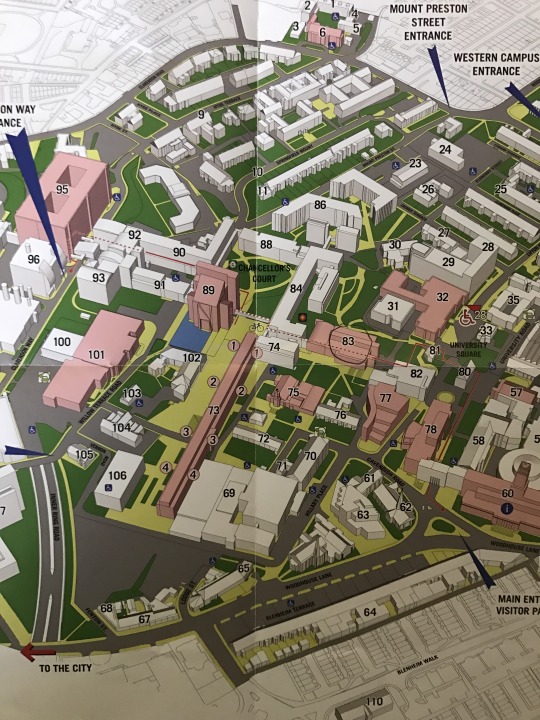
Photograph of the annotated map of Leeds University.
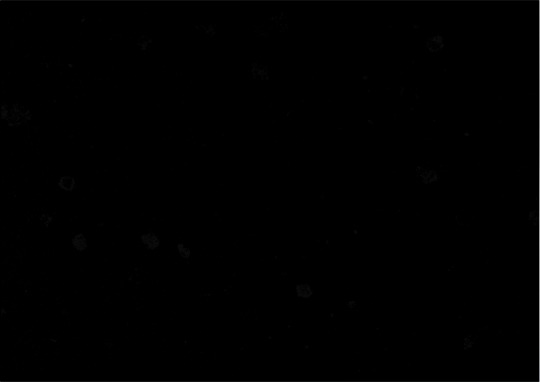


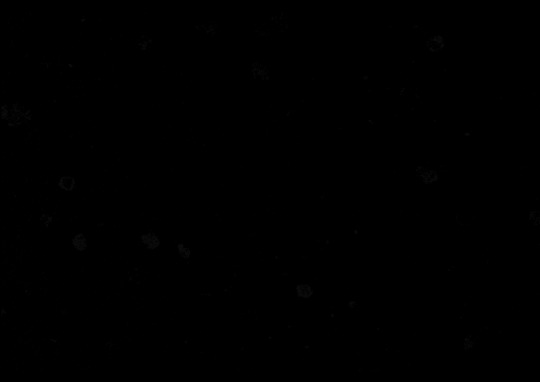
Distance Photographs
0 notes
Text
Shoot Plan / Shoot
After analysing Joan Foncuberta’s deceptive Sputnik series, employing photography as evidence with factual informative contexts to enable the photographs to appear truthful responding and developing a visual insight into the context. Collaborating Mishka Henner’s reappropriation of Robert Frank’s classic photo series ‘The Americans’, adapting post-production techniques to isolate the original the subjects in the photographs to recontextualise the interpretations on the new platform for the viewer's depiction. I will employ the recontextualization of post-production in Mishka Henner’s ‘Less Americains’ with Joan Foncuberta’s subject-matters to formulate an informative preconception of the newly discovered Trappist-1(f) dwarf star; experimenting with the presentation of the photographs to enable the viewer's consumption to appear truthful, authentic, realistic representations. I will transfer and adapt the methods, approaches and techniques learnt from both practitioners to my response; elevating the overall significance of the outcome to adapt firmly with my photographic practice. I must consider what I want to present in the photographic series as the photographs will be accounted as evidence towards the concept - considering the audience's interpretation of the subject and to preserve the continual ambiguous theme in the presentation/aesthetics.
Foncuberta’s Sputnik series appeared highly deceptive, where if the viewer was unaware of his photographic practice or the intentions of the series the viewer would depict the photographs as a documentation of the Sputnik missile. Due to the wide range of photographic evidence Foncuberta utilised, he is able to present multiple perspectives - times, compositions, intentions, approaches, aesthetics all accounting to the same context. I understood that to enable the audience's decision on the project, I must include more than one perspective, which means more than one recontextualizations of representations. I began researching and analysing key points and characteristics associated with the Trappist-1 to understand how I could post-produce material representations to align within the context of the project. While studying the Wikipedia page, I discovered that the Trappist-1 is a host to Flare Star’s, “A flare star is a variable star that can undergo unpredictable dramatic increases in brightness for a few minutes. It is believed that the flares on flare stars are analogous to solar flares in that they are due to the magnetic energy stored in the stars’ atmospheres.” I thought about creating a conceptual visual representation of a Flare Star by exposing photographic paper near a radiation emitter: microwave, bananas, bomb-tests etc... to generate a visual that would predominantly appear over-exposed, although the conceptual approach relates to the context and the post-production recontextualization of the essay. Although, I don’t believe I would be able to participate with the idea of utilising radiation as the practicalities of the photographic paper with the exposure of light would remove the radiation applicants from the paper and simply be exposed to the light. I would, however, like to construct a conceptual approach to be presented with the series to preserve the ambiguity and remove the direct literal representations of the Trappist-1.
After analysing the aesthetics of the Trappist-1, I gathered several objects/subjects/items that I could photograph and post-produce to appear as truthful representations of the recently discovered dwarf star; revitalising the banal vernacular through post-production - the hyperreality. Below, I have listed several initial ideas of what I want to photograph and how I could post-produce the authentic appear as representations of the dwarf star. Once I had several ideas in mind for the representations, I equipped my Fuji X-pro1 with two SD cards (to prevent any loss/damage with the results) and began to explore Leeds to collect a basis of fundamental aesthetics for the dismantlement of the indexical, to utilise as fabricated evidence with the context of the Trappist-1. On the shoot, I must avoid human presence of cultural identity within the photographs for the viewer to establish and to depict the subject correctly, without further distractions, to simply present the subject and to preserve the ambiguity of the photographic series.
Chewing Gum: I wanted to photograph chewing gum on the pavement; the existence of humans to employ post-production techniques to recontextualise the representation of the chewing gum to appear equivalent to the depiction of stars. I would consider the composition and angle of the photographs to formally present the chewing gum in a geometric aerial composition, recreating the vision of the journey through the atmosphere and emphasising the hierarchy of the photographs, developing a significant contrasting in the truth and untruthful subjects presented. While photographing the chewing gum found on the streets, I employed the exposure compensation to -2 enabling me to underexpose the representation to assist with the post-production modifications; increasing the black depth of the background, signifying and highlighting the contrast of the chewing gum. Additionally, once the composition had been considered, I employed the focus lock to obtain the detail in the selected area of chewing gum or the studying the paramount subject to unveil the detail. I found the focus lock a key technique as it enabled me to consider the composition more substantially, ultimately considering each minor fragment depicted in the frame and how the viewer would interpret them in relation to the composition. In order to develop the representations, I should consider what post-production methodologies I could equip to enable the chewing gum to appear as stars, although if the photograph is composed correctly, I should simply be able to increase the blacks on the white balance to enable the background to suffocate the irrelevant information distracting the viewer from the subject, and it’s new representation. By increasing the intensity of the blacks in the white balance in Photoshop, the detail of the pavement would be removed from the photograph resulting in the chewing gum to appear as white speckles presented on a black background; implying the notion of stars from the initial interpretation. I sharpened the detail of the chewing gum by opening the ‘Filters’ menu and selecting the ‘Smart Sharpen’ applicant to manually adjust the intensity of the sharpness in each of the stars - to expose textual studies, highlighted the dense white stars against the black depth of the background. Also, I modified the representation further by decreasing the saturation of the photograph, appearing black and white, directly informing the viewer on the subject and to align with the general aesthetic of the stars and the atmospheres perceived - formulating recognisable features collaborated and superimposed above the indexical trace of the real, adapting to the features and presenting a new context.
I believe the photographs successfully communicate the context of the representation, referring to spontaneous preconceptions and visions depicted of space and the atmosphere of stars. In order to clarify the effectiveness of the representations I showcased the photographs to friends at uni, without any context or knowledge on the project, I simply asked what they thought the photographs were. In response, every person I asked associated the photograph with space or planets in which I was exceedingly pleased with, plus it emphasises radically the crucial effects of post-production modifications on the authentic indexical photograph to expose the hyperreality.
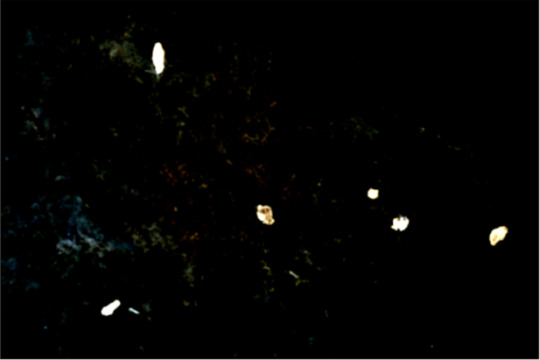
Screenshot of post-production in progress.
Pit-Stacks: Once I had seen the results of the chewing gum photographs, I decided to develop the idea further to photograph pit-stacks in my village of Hoyland Common, Barnsley. After 1984 miners strike, the majority of the coal mines in the UK had been removed but the pit-stacks still remain, haunting the village from the existence and history of the struggle and poverty associated with the era. I wanted to photograph the pit-stacks to apply post-production, isolating the subject from reality, distinctly portraying the pit-stack to recontextualise the photograph to appear relevant as evidence towards the context of the project. Although I must consider the weather and time of the shoot for the effectiveness of the final result. Realistically, I needed to shoot on a bright day with a strong sun to assist the exposure of the photographs and the post-production modifications to unveil detail in the textures and to help isolate the subject from reality for its recontextualisation. Whilst photographing the pit-stacks, I understood the contrast from capturing chewing gum on the street to capturing abandoned pit-stacks, as the perspective and physical material of the pile would include features of reality within the composition. The composition must invite the viewer but preserve the ambiguity to maintain a consistency with the aesthetics and the presentation, so I considered leading lines and formal textural facets to intrigue the viewer into the intentions and reasonings of the photographs, implying the conceptual approach. I had to consider the intentions for the photograph and how it could assist the post-production modifications, why have I photographed the pit-stacks and what I wish to portray and present to the viewers emphasising the emphasising the significance of the deceiving information portrayed; elevating the purpose of the purpose of the series. While on the shoot, I experimented with alternative perspectives and angels to formulating interesting depictions of the pit-stacks, transforming the mundane into intriguing compositions, studying the textural/material studies in the aesthetics of the pit-stacks. I have specifically chosen to photograph the rubble stacks due to the aesthetic of the material/textural features relatable with the textures of a planet - perceived as a location photograph. As there is minimal public information and interest about the Trappist-1f, no photographs (as of yet), I am able to hijack the representations and preconceptions of the planet to formulate an initial visual representation, informing the viewer of the planet through my photographic delineation. After photographing the pit-stacks, I imported the photograph to Photoshop to utilise the Eraser tool and the quick selection tool to detach the subject from the background, developing two separate entities only allowing the viewer to depict the pit-stack - highlighting and emphasising the audiences study of the subject presented, without distractions or interruptions in the interpretation. When the subject was isolated from its original context, the contrast of the pit-stacks with the white background appeared too unrealistic and highlighted. So, in order to smooth out the juxtaposition, I increased the exposure of the subject to reduce the density and emphasising the effect of the deposition and slightly reduced the contrast to subtly flatten the depth within the subject.
I believe the pit-stack photographs work effectively with the chewing gum photographs to provide and account evidence for the discovery of the Trappist-1f. A consistency is depicted not only through the ambiguous subjects, but also through the visual aesthetics of the photographs - the black and white features, correlating the photographs together professionally as a series and elevating their individual purposes for evidence. I am pleased with the results of the pit-stack shoot and believe the outcomes present a strong contemporary, ambiguous, abstract recontextualization of an everyday banal unused item, redirecting and communicating the context of the project. I will continue photographing objects/items/materials that will form the fundamental aesthetic for the post-productions recontextualization.


Mechanical Photographs: Referencing Sputnik and the photo-journalistic methodologies of communicating the context through supporting informative text, transforming the photographs as evidence to appear truthful to the text. I thought of another perspective to apply to the evidence after analysing the overall aesthetic of space and solar systems, questioning how I could transform the fundamental aesthetics of a representation to mutate the appearance and characteristics, in reference to photojournalism approaches, to present an informative visual depiction of the context. Although I had captured the atmosphere of the dwarf star, a location shot of the planet, I somehow needed to understand what else I could equip to represent the trappist-1 effectively without human or cultural interactions in the photographs. I decided to photograph the physical mechanisms of the discovery, the astrophysics behind the journey to develop a realism within the photographs to reference the event. Although I must consider how I compose the machinery, in reference to the concept and visual aesthetics to correlate with the series to emphasise the overall viewers depiction on the photographic evidence - the photographs must appear abstract, black and white, and ambiguous to preserve the consistency throughout the series to maintain the professionalism, and the viewers depiction of the professionalism to enable the photographs to appear as truthful sources of information. In order to capture ambiguous photographs of machinery to imply the progression to the discovery, I entered the Leeds Univerisity of Mechanical Engineering campus to find a statue positioned in the entrance that looked an engine of a rocket; the mechanical similarities in the aesthetics of the supposed rocket to have captured the location photos? Dissect small fragments of the object to construct compositions emphasising the size, density and scale of the machinery, overall signifying the importance of the discovery. I began to delve into the aesthetics of machinery through the viewfinder, considering the composition to construct a mysterious unknown textural study, almost macro, with slight implements to the recognisable features of the machinery, removing direct recognisable aspects from the photographs to distract the viewer's knowledge upon the subject - fabricating a new perspective. As an initially starting point for the photographic evidence, I believe the rocket/shuttle engine appeared relevant to the context through the physicalities of the actual discovery. While photographing the shuttle, I began to comply technical methodologies with the context to gain the photographic results relevant to communicating the context and correlating with the series. I utilised a small aperture to create a shallow depth of field in the photographs allowing me to portray ambiguity in the subject, studying the form and textural depiction within the composition; capturing natural patterns in the machinery, stamped by the composition. As the shallow depth of field highlights specific paramount information in the photograph to portray intentions and key features of the photograph, assisting the post-production after the shoot - I have used it to include the mystery and obscurity to create an unclear representation of the subject presented. After I had gathered a collection of photographs that I was pleased with, I imported the photographs into Adobe Photoshop to post-produce the fundamental facets of the subjects aesthetic, to relate with the recontextualisation of the series. Initially, I decreased the saturation presenting the photograph black & white, correlating with the rest of the evidence while implying the ambiguous from the simple informative presentation, without the distraction of colour and the implements of reality from colour. I did minor alterations to the machinery photographs as the post-production was considered on-shoot rather than after, I considered the obscurity of the object presented and how it informed the context.
I am pleased with the final results of the machinery photographs as I believe they subtly communicate the context of the Trappist-1(f) discovery, although when presented with the rest of the series, the significance of the photographs are elevated as evidence to emphasise the legitimacy of photographs and the visual representations of the discovery; informing the viewers of the event while substantially increasing the effect of the fake hoax photographic series, responding to the truth and objectivity essay question. Although, as the machinery photographs present more detail within the composition - more information to be interpreted, I should consider this in relation to the series and how the viewer will interpret the photographs.
After changing the concept of the photographic response from the disorientated limbs to the photographic insight of the Trappist-1, I believe the concept of the disorientated limbs successfully communicates the truth and objectivity of the essay title, however, there was no consideration for the visual responses, leaving them to appear irrelevant aesthetically and unsatisfying from the visuals. I specifically curated the concept without considering the practicalities of the visual aesthetics - the subjects (legs) morphed reality, morphed the actual, while positioned in a natural location to prove the realism of the subjects. Although, after I unsuccessfully didn’t achieve the results I wanted, I began to realise the presentation of the photographs were a key feature to the deceiving misinterpretations, not the subjects. The presentation and context provided, the photojournalist approach, accounted towards the truth of the photographs as the text informs the viewer on the depiction in the photographs formulating the viewers understanding of what is being perceived. I am pleased that I modified the concept of the response as I believe the visual results of the Trappist-1 outcomes appear more effective and communicative to the context, symbolising the truth and objectivity much clearer. Analysing the results gained from the initial shoot, I am happy with the outcomes: the conceptual recontextualization of the subjects, the aesthetics of the photographs and the visual relations with the atmosphere and general depictions of space. The Photography as Evidence lecture by Ross helped inform the ideologies of photographic representation and directed my understanding of how I could utilise the photographic medium to deceiving the viewers through a fictional context. Whether I will need more evidence to provide the legitimacy of the context, or whether I will need to consider another shoot to gain the results I will begin to analyse the photographs as a series to understand what how I can elevate the deceiving overall interpretation of the project.

An example of Mechanical Photograph from the contact sheet.
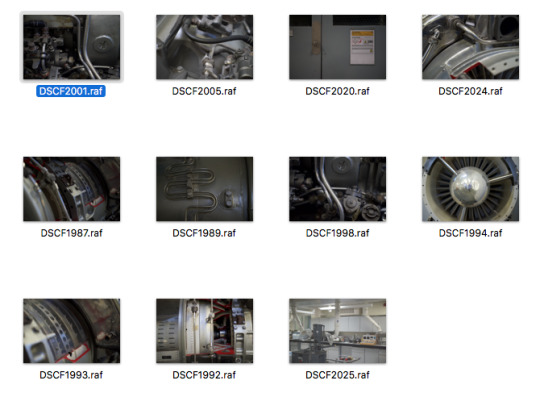
0 notes
Text
Mishka Henner ‘Less Americains’
In my visual response to the essay, I am gathering photographic evidence of the Trappist-1 to create an insight for the viewer's depiction into the recently discovered solar system; emphasising the prominence of the imagery through the unidentifiable representations of the unknown planets. So essentially, the photographs preconceive a vision of planet ‘f’ through photographic symbolistic representation and the recognisable features - revolting against the ‘truthful’ ‘document’ theories of representation and the indexical appliance, but to deceive the viewers through post-production (of chewing gum, marble and pit-stacks) while simultaneously introducing one of the planets recently discovered NASA and Spitzner telescope. Although, the images employed will create an overview of the discovery featuring photographs landscape photographs (of the pitstops), macro photographs (of the marble & stone textures) - creating a representation that correlates to the context. By presenting the viewer with more than one perceivable evidence, utilising a broad range of imagery that visually references the concept - the viewer is able to gather a clearer understanding of the discovery while the more evidence provided the more deceptive the evidence is presented.
In comparison to my concepts for the photographic response, I have decided to examine Mishka Henner’s ‘Less Americains’ series from 2012 to gather relevant transferable skills, methods or approaches that I could adapt into my practice to achieve a more successful visual response to the brief, as visually & conceptually ‘Less Americains’ is theoretically parallel to my concept for the response. Mishka Henner’s self-published book ‘Less Americains’ where he appropriated 83 of the photographs from Robert Frank’s classic ‘The Americans’, erasing the majority of the original content, leaving linear juxtapositions, weightless shapes and small details hovering around the frame like the background props for an empty theatre stage, with remains of photographic traces from the original. The viewer interprets the block black & white shapes torn from the original photographs depicting the nonexistence of buildings and people - emphasising the punning title, symbolistic to the formally depicted detail in Robert Frank’s photographs. When the viewer is introduced to the photographs, the aesthetic is the main crucial feature from the consideration of the artist's intentions - the photographs appear aesthetically pleasing, exposing early influences of abstract Swiss Design & minimal Bauhaus; exploring the boundaries of the photographic image. The ‘Less Americains’ series held a huge controversy from the re-appropriation of imagery, some reviewers said it was “an insult to the original” & others said, "I find this sort of subtraction lacking because it does nothing to contribute to the concept and meaning of the work. To remove something from an original is simply just that. If this concept works, why not just print a blank page and describe everything that is supposed to be there. Nothing = nothing."
Mishka Henner spoke about his project ‘Less Americains’ to Sean O’Hagan of the Guardian: "The process of making documentary is far richer than the images can ever be ... It has little to do with truth ... I got a little disillusioned with chasing some elusive notion of truth and wanted to enjoy making images again. So, just as we were starting to make a name for ourselves in documentary, I rejected it."
“Though I wouldn't call myself a conceptual artist, the movement smashed through so many pretensions and facades that it appealed to me in a big way, especially in the work of appropriation artists. It was still documentary to me, but not as we knew it ... Now, I'm happiest when I'm making something that doesn't look or feel like documentary photography but still manages to address a social context."]
(https://www.theguardian.com/artanddesign/2012/may/23/mishka-henner-less-americains)
Henner has utilised post-production to isolate individual subjects within Robert Frank’s photographs, re-contextualising the photographs and developing a decorative perspective of the photographs including contemporary clean structures and strong use of negative space. In comparison to my concept, Henner employs post-production to alter the context the subjects for the viewer's depiction, while I would create authentic divergent representational studies of objects and visions that resemble the context; a planet, space and space station - anything relevant to the discovery of the Trappist-1f. I want the photographs to be interpreted as ambiguous, almost abstract with clear representations as if the photographs preserve the ambiguous features it will enthral the viewer into the characterisation of the subjects, in relation to the discovery. I have found ‘Less Americains’ extremely influential to my specialist photographic practice from the overall defiance of photography and the photographic representation, experimenting with the aesthetics of a photograph to conceptually address the social and cultural concern. As Henner employs post-production to re-contextualise the photographs of Robert Frank, I will employ post-production to re-contextualise my photographs in order to correspond as evidence towards the ‘Trappist-1f’ although, I believe that I should explore further evidence I could provide, preserving a consistency in the ambiguity throughout the series. How can I use more photographic evidence to represent / preconceive the Trappist-1 without applying cultural/social or references of reality; emphasising the ambiguity of the images for the viewer's initial interpretation of the visual aesthetics with the context of the discovery? So far the only visual evidence of the Trappist was recorded from the Spitzner telescope, plus illustrative/animation artists interpretations of the solar system - I want to create a contextual approach to the context to deceive the viewers through the truth & objectivity of the photographs.
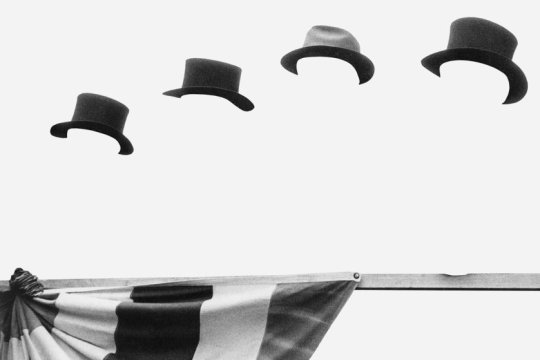
‘Hoboken’
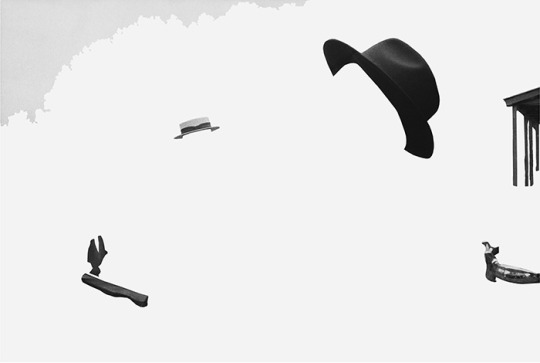
‘Enterrement’
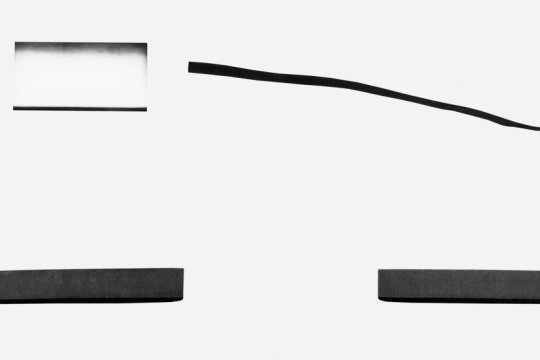
‘Hoboken’
Below, I have displayed photographs of Mishka Henner’s ‘Less Americains’ publications from the specialist book cabinet in the Library. I analysed the presentation of the photographs to understand the artists portrayal of the subjects and how the presentation of the photographs affects or alters the viewer's interpretation. I especially loved the correlative introduction by Elisabeth Tonnard, preserving reference through typography emphasising Henner’s techniques towards the project - utilising his removal process from the post-production alterations to formulate an overall consistent aesthetic throughout the publication, highlighting his methodologies and techniques in the process.
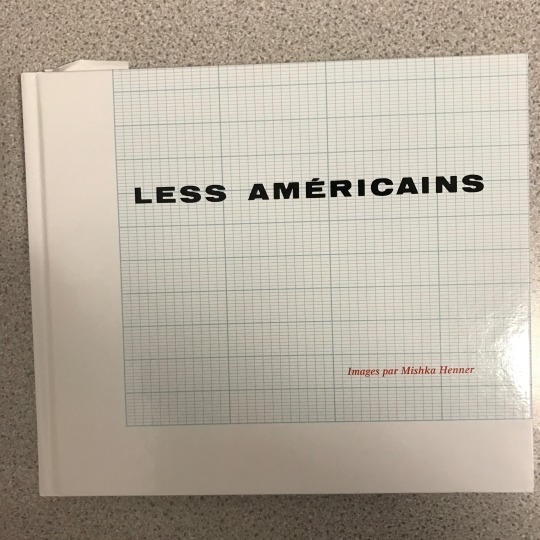
Photography of Mishka Henner’s ‘Less Americains’ publication from the specialist cabinet in the library.

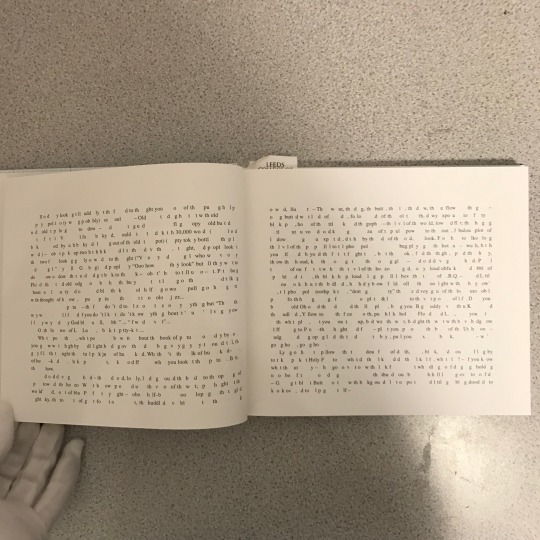





After I realised that I should employ more features as evidence in the discovery of the Trappist-1 I have stated multiple ideas to explore further responses and attributes that I could utilise with the pit-stack / the chewing gum photographs to increase the range of evidence towards the Trappist-1 discovery to successfully inform and deceive the viewer.
- Machinery - referencing the construction and secrecy behind the discovery?
- Black Plain Photographs - use each black photograph to represent a specific distance between earth & trappist-1f? - creating an insight into the atmosphere. (find scientific recordings). The distance from Earth to Trappist-1: 39.5±1.3 ly (light year) (12.1±0.4 pc), after rounding, the distance is around 40-light years (235 trillion miles). +Could I use black paper to represent the distance and atmosphere between the Earth and Trappist-1?
I like the idea of representing the distance between Earth and the Trappist-1(f) with black photographs, maybe some depict slight depth in the colour to align with the context and to subtly represent space, not just through the black copies but actually within some of the photographs. I believe the approach towards documenting the distance in both planets correlates with the continuous ambiguity of the photographs in the series - it highlights the conceptual approaches of the pit-stack / chewing gum photographs to emphasise their prominence. Also, I like the idea of displaying the photographs in a publication for the viewer to engage with the journey through the black photographs representing the universe to self-discover the pit-stack photographs and the chewing to depict in context with the discovery of the imagery and the Trappist-1. The viewer will participate in unveiling their individual discovery of the photographs through the publication, correlating with the phenomenal discovery of the Trappist-1, ultimately raising awareness and constructing the public's anticipation.
- During observations with the Kepler K2 extension for a total of 79 days revealed starspots and infrequent weak optical flares at a rate of 0.38 per day; a single strong flare appeared near the end of the observation period. + Could I recontextualise a photograph to reference the flare star or starspot?
Flare Star: “A flare star is a variable star that can undergo unpredictable dramatic increases in brightness for a few minutes. It is believed that the flares on flare stars are analogous to solar flares in that they are due to the magnetic energy stored in the stars' atmospheres.”
Starspot: “Starspots are stellar phenomena. On the Sun, they are called sunspots. Spots the size of sunspots are very hard to detect on other stars because they are too small to cause detectable fluctuations in brightness. Observed starspots are in general much larger than those on the Sun: up to about 30% of the stellar surface may be covered, corresponding to starspots 100 times larger than those on the Sun.”
- The distance between the orbits of Trappist-1b & Trappist-1c is only 1.6 times the distance between the Earth and the Moon, so essentially, the planets should appear prominently in each other's skies, in some cases appearing several times larger than the Moon appears from Earth. + Could I study the skies, and in an attempt to recreate a depiction of the sky with visible planets - or utilise post-production to enable the planets depiction and preserving consistency with the other photographic approaches in the series.
- An XMM-Newton X-ray study by Wheatley, found that the star emits X-rays at a level comparable to our own much larger Sun, and extreme ultraviolet radiation at a level 50-fold stronger +Could I create a representation of X-rays? Without resulting in the cliches, could I utilise a singular colour of light, in correlation with the distance between Earth & Trappist-1 idea to provide the viewer with a journey through photographic series, or even the publication?.
How can I make the photographs appear as evidence towards the context, and how can the evidence provide a direct insight into the Trappist-1? Do I inform the viewer with supporting text or do I leave the ambiguity of the images to speak for themselves? I must also consider how I want the viewers to perceive the photographs, in relation to the context and how I decide to present the photographs. I will continue researching how I can communicate the context through the visual aesthetics and other sources of imagery that I could provide as evidence for the discovery of Trappist-1. I believe that I should explore the idea of utilising black photographs to symbolize the distance between Earth & Trappist-1 (some with subtle depth to represent space atmosphere - don’t appear cliche, maintain ambiguity) - I will have to divide 235 trillion miles into around 10-15 photographs to create an atmosphere within the visual aesthetics, emphasising the importance of each photograph depicting a subject and the context it is providing.
0 notes
Text
Visual Response: Idea/Concept
After studying Joan Foncuberta’s Sputnik series and Mishka Henner's reappropriation of Robert Frank’s The Americans; I have decided to respond to the truth and objectivity context by correlating the subject depictions of Foncuberta with Henner’s photographic recontextualization, utilising post-production techniques to modify and recontextualise the interpretation portrayed on the original to appear truthful. The photographs will act as evidence from the multiple layers of post-production, blocking the original subject depiction; disguised beneath the superimposed layers of aesthetics. I will utilise post-production as the persuasive tactic for the evidence, like the Colin Powell’s pre-war UN presentation & the Active Citizens to construct a pseudoword upon the trace of the real - the orthodox indexical representations.
In the astonishing discovery of the Spitzer Space Telescope, a dwarf star 39ly away, the Trappist-1 was located with seven planets orbiting, three of them positioned in the habitable zone, possible to host life form from the oceans of water. I began to research further into the phenomenon when I discovered that there were no visual representations of the planets and or the star, only illustrative artists interpretations based upon scientific factual information. I wanted to create a visual insight, never formally seen before to emphasise the evidence features of the photographs - symbolising the realism of the context to deceive the viewer. It allowed me to question how I could portray the recontextualised photographs as evidence - I understood I would have to utilise post-production modifications, but I had to consider the subjects presented in the composition to formulate symbolistic features of space to lure in the viewer. If the original photograph doesn’t represent considerations or features associated typically to space and the preconceived discovery of the Trappist-1, the deceptive features presented will not align with the context to deceive the viewer - I must consider what I am presenting as evidence and how the post-production will dismantle the depiction to the basic fundamental features. As Joan Foncuberta presents the viewer with a wide-range of photographic evidence depicting both literal and conceptual representations featuring: portrait, location, documentary, vernacular and medical imagery all accounting and emphasising to the realism of the event. I must consider what I should include in the photograph and how I should be composed, in reference to the context, to successfully deceive the viewers. I’ve had several ideas on what photographic subjects I should include for the post-production; chewing gum on the pavement - when the white balance is decreased and the shadows are increased the chewing gum appears like white stars against a black background. Also, back in Barnsley, I have discovered several old pit-stacks that when the subject is isolated from the background, the pit-stack is recontextualised on a blank canvas appearing as planets; the chewing gum photographs will stabilise the context of the project, relating visually to space atmosphere increasing the credibility of the pit-stacks relevance in the series when the evidence is aligned together, emphasising the significance of the photographs presented. I have begun to experiment with the representation of chewing gum and it’s visual relations with the depiction of stars, seen below, utilising post-production techniques to increase the density of the black background from the white balance and shadows, highlighting the white splats of chewing gum as stars. I was extremely pleased with the results and believe they communicate the context of the essay and the overall discovery of the Trappst-1 effectively, although I do believe I should take more photographs of the chewing gum positioned closer and further from the subject to obtain different results in perspectives, emphasising the scale and quantity of space. On the contact sheet from the initial minor test shoot, displayed below, I noticed that the chewing gum can only be presented as stars if the photograph appears vertical to the subject, positioned directly above the pavement as an aerial view; considering the perspective of the telescope and duplicating the realism of the forgery - presenting the stars as direct forms in front of the camera. Also, to assist with the post-production and presentation of the subject, I decreased the exposure compensation manually on the Fuji Xpro1 to photograph the pavement as underexposed as possible, preserving detail in the chewing gum while relating visually to the atmosphere of space. I will continue photographing chewing gum on the pavement with the scale consideration for the outcome of the representation while analysing everyday banal objects and perceptions into recognisable symbolistic features accounting towards the deceptive information for the Trappist-1 discovery.

Artist's concept appeared on the cover of the journal Nature on Feb. 23, 2017.Credits: NASA/JPL-Caltech

Artist's concept shows what each of the TRAPPIST-1 planets may look like, based on available data about their sizes, masses and orbital distances.Credits: NASA/JPL-Caltech
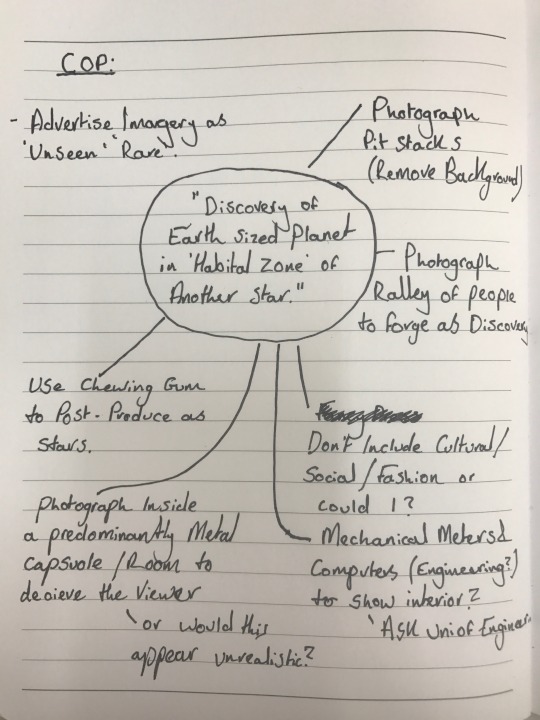
Photograph of evidence brainstorm in the notebook.
Starography:
Below, I have presented photographs from the initial test shoot depicting pavements tattooed with chewing gum to recontextualise the aesthetics, applying deceptive features and superimposed hoaxes to visually relate directly to the context of the project.
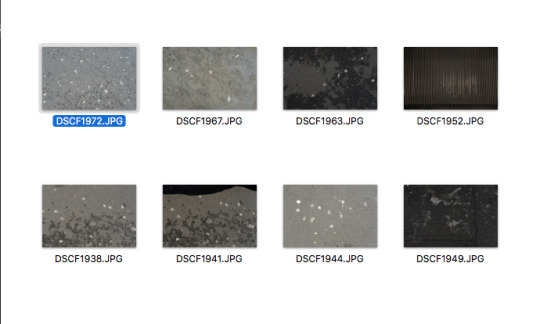
Contact sheet for the initial test shoot


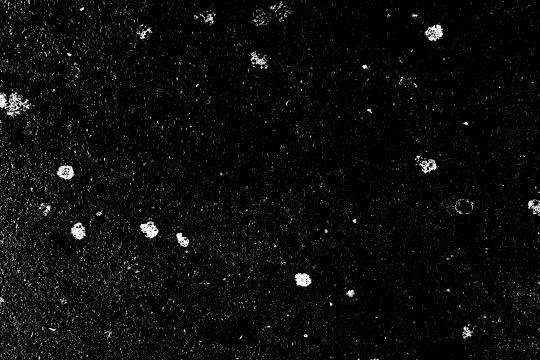
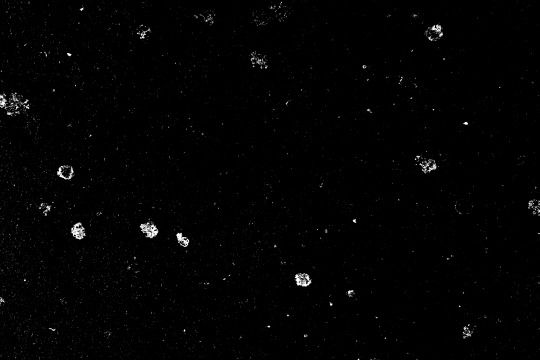


Manipulation Examples:
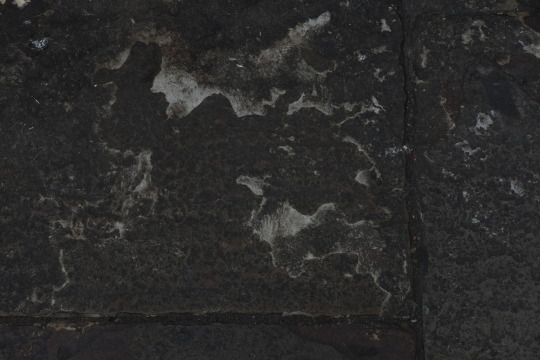
Original Photograph of decaying tile.

Post-Produced Version of decaying tile.
I simply opened the original file in Adobe Photoshop, opened the ‘White Balance’ window, increased the whites and decreased the blacks to highlight the white features of the photograph to create a spotlight to the viewer. After that, I subtly increased the contrast to enable the white to heavily contrast the black, preserving its detail and formulating effective evidence accounting towards the discovery of the Trappist-1. Although the post-production techniques I have utilised are simple, they still transform the photograph, reappropriating and recontextualising the subject depiction corresponding to the artist's ideologies of the ideal and the intentions; symbolising the overall effect of post-production when applied to a photograph.
0 notes
Text
Joan Fontcuberta ‘Sputnik’ 1997.
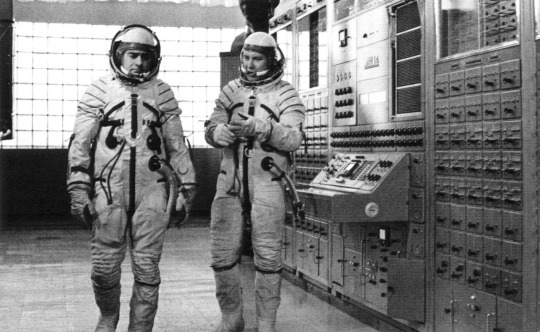
Following on from the Individual Crit, I decided that I didn’t want to instantly submit the leg photographs as I wanted to discover an alternative in the creative approaches, without solidifying my initial idea for the submission. I researched into photographic practitioners that have utilised notions of truth and objectivity in their photographs when I discovered Joan Fontcuberta; a conceptual artist examining the truthfulness of photography spent years carrying out research in the U.S. and Soviet archives to assemble the materials supporting his elaborate narrative. Joan Fontcuberta’s classic fictive art project ‘Sputnik’, see photographs above and below, studies the life of a little-known Russian cosmonaut named Ivan Istochnikov who mysteriously disappeared during the flight of the Soyuz 2 spaceship in 1968 and was followed up by an extensive cover-up on the part of the Soviet bureaucracy. An exhibition was curated by Fontcuberta himself displaying historical artefacts and evidence to the disappearance of Istochnikov - photographic documents/ articles, videos, and even a piece of a meteorite. However, "Ivan Istochnikov" is a rough translation of "Joan Fontcuberta", and the photos purporting to show Istochnikov are of Fontcuberta himself.
“Sputnik is exemplary of a type of fictive art project that relies for its plausibility on a calculated mix of created and archival materials; in such projects, it is quite common for the artists to insert themselves directly into the project, as the embodiment and representation of the absent subject.” (Fictive.arts.uci.edu, 2017).
As all the footage is mainly either portraits of Foncuberta himself or found imagery from U.S and Soviet archives, it is hard to examine the photographic process and intentions from the archival imagery, however, I can examine the intentions for using the found imagery. Foncuberta obtained archival imagery to enable the alignment of the photographic depictions to the context (the narrative) of the project, creating a cultural/historical deceptive photographic insight to the event, in a journalistic manner, exposing the realism and evidencing Istochnikov’s existence. Foncuberta has utilised the photographic mechanisms of a camera; the truthful indexical features of the document, to revitalise the historical documents by re-appropriating the images in a different context, aligned with Sputnik. A diverse range of photographic styles are depicted in the Sputnik publication, I have attached photographs of the book below. Foncuberta has used a wide-range of external photographs featuring all genres, from portraiture to landscapes to still life, to construct an overview of the evidence of Istochnikov’s journey perceived and interpreted from different angles; creating believable evidence of his existence from the wide-range of sources. It allows us to question our interpretation of photography. When a photograph is presented with text, there is an intention proposed by the artist on how the viewer should interpret the image to understand the context and the artists approach to the subject, although when there is no text assigned, the viewer is able to interpret the photographs to how they like - and this is usually assumed through historical, cultural, social, political, religious representations, like Foncuberta has done here. Analysing the U.S and Soviet archive specifically to find imagery correlating with the era of the Sputnik, to construct relations on cultural/ social/ and political formations within the image. It is then discovering the relevant subjects in the photographs that will correlate and conjoin with Sputnik, to create a distinct deception for the viewers through pure photographic evidence; photographs taken during the Sputnik launch, re-appropriating the context to align with Foncuberta’s evidence of cosmonaut Istochnikov. The majority of the photographs in the series reference reality through natural documentary intentions, constructing evidence for the event from recognisable simulacra and cultural signage. Although some of the photographs presented appear like scientific recordings or meters, they don’t individually evidencing the event from simulacra features, but when they’re presented together as a series, alongside portraiture and landscapes, the photographs enable a deeper deceptive doorway into the event, emphasising the atmosphere, loneliness and importance of Sputnik satellite. Foncubertas journalistic approach to tell the supposed history of the first initiative of the Foundation Sputnik: the tragedy of the astronaut Ivan Istochnikov lost in space under strange circumstances. In order to give the story authenticity, Joan Foncuberta incorporates a large number of historical documents - constructing successful illusory details to inform and mislead the viewer. After the Photography as Evidence lecture with Ross, Joan Fontcuberta’s Sputnik series proves that photography can be presented as evidence, even if it is completely fictional. I will continue researching into fictional photography, exploring the truth and objectivity to align with my visual response.

Photograph of Joan Foncuberta’s publication Sputnik from the Specialist Cabinet in the library.

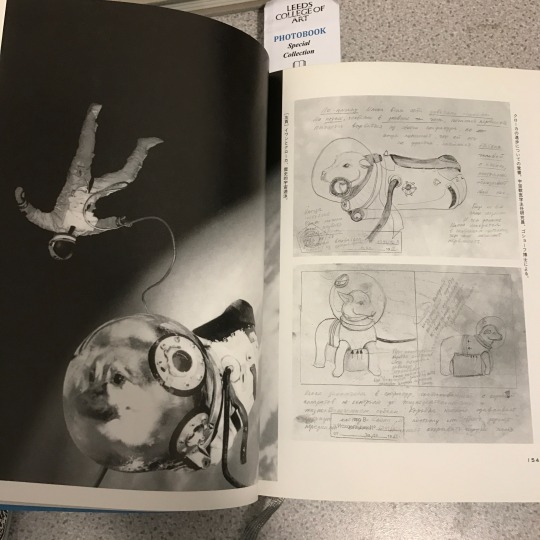
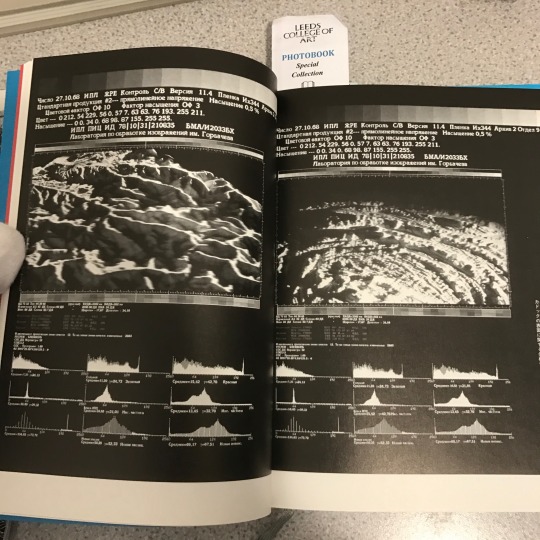
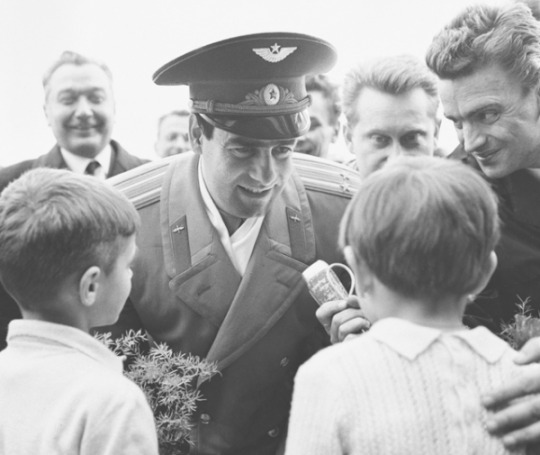
Photograph from Sputnik series from Google Images.
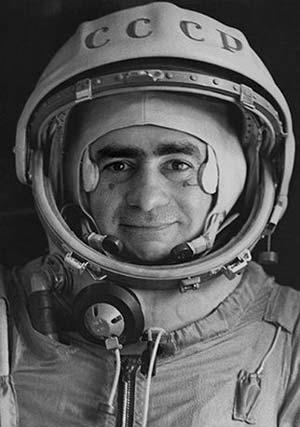
Photograph from Sputnik series from Google Images.
Fictive.arts.uci.edu. (2017). Sputnik: The Odyssey of the Soyuz II | fictive art. [online] Available at: http://fictive.arts.uci.edu/sputnik [Accessed 22 Mar. 2017].
0 notes
Text
Task 4: Dissecting the Information
In the selected essay title, “Truth and objectivity are important characteristics within the context of documentary photography and photojournalism. Identify where and why notions of truth and objectivity have historically arisen in photography. Explore the ways in which the idea of documentary truth has been analysed or challenged, through the examination of relevant theory and practice.” I want to successfully respond to the original title through my adaptation ‘How photography has spawned and influenced a hyper-reality without our consciousness’ in order to preserve the relevance of the information in the essay; it must reference both titles, but specialising the context of the information to respond to my essay title. In this blog post, I will examine the structure of the essay to understand how I can successfully present primary and secondary research to inform the readers while correlating the provided information with essay title to assist the readers understanding of my theoretical ideologies on the hyperreality to provide a professional and creative response to the brief. I will also examine what information I will need to provide evidence for the ideologies, I understand that I should utilise: photographs of post-produced subjects, enabling the reader to see and understand the context, to reference and dissect the aesthetic; unveiling the provocative misleading conjecture, formulating fragments contributing towards the hyperreal reflection of reality. I will also need documentary & photojournalistic photographs to successfully respond to the original essay title while examining the truth and ethical reasonings within the styles. Furthermore, I would also research historical and contemporary events where notions of truth in the photographic document have been analysed or challenged, by theorists, journalists, photographers or general practitioners. I must maintain providing a wide range of research, analysing post-production contributions from historical to contemporary sources, examining the overall effects and influences provided from the post-processing procedure. In my opinion, the more photographs/ events and notions that I examine and correlate to the context of the essay, the more powerful the essay will become as the reader will be informed of my ideologies of the hyperreal and expectational, correlating segments of reality to reference and imply the notion of the context. Below, I have deconstructed the original essay title to analyse the predominant keywords assisting me to understand what information I could utilise to respond successfully to the brief. I have included a short description of each segment of information included.
Key Words in the Original Title/Brief:
- Truth
- Objectivity
- Documentary Photography
- Photojournalism
- Truth analysed or challenged
I have begun researching into specific areas that I can provide supporting information to correlate with the context of the essay, to imply the viewers understanding of the subject.
Academic Research relevant to the Title:
- Jean Baudrillard - French sociologist, philosopher, cultural theorist, political commentator, and photographer - pioneering theories upon hyperreality; inability to distinguish reality from a simulation of reality, and how the capitalist systems subtly utilise the simulations in forms of advertising and consumerism. ‘Simulacra and Simulation’ 1981, still to read.
- Guy Debord - French Marxist theorist, writer, filmmaker, member of the Letterist International, founder of a Letterist faction, and founding member of the Situationist International - theories regarding the spectacle and the effort to clarify the nature of the society, with subtle Marxist political influences and the analysation of reproduction within photograph through the spectacle. ‘The Society of the Spectacle’ 1967, read.
- Susan Sontag - American writer, filmmaker, teacher, and political activist - a critique of photography and it’s social impact, plus the fundamental orthodoxies of the indexical features to understand how the post-production renders the vision of the viewer. ‘On Photography’ 1977, read.
- Umberto Eco - Italian novelist, literary critic, philosopher, semiotician, and university professor commentating and analysing the world of 1986 (historical product) emphasising the purpose and understanding of generally seeming less things to make sense of them. ‘Travels in Hyperreality’ 1986, currently reading.
- Graham Clarke - Professor of Photography and the Visual Arts at the University of Kent, Canterbury. A general critique of photography & photographic specialist genres, analysing the intentions, ethics and controversies of documentary and photojournalism. ‘The Photograph’ 1997, read.
- Owen Jones - British columnist, author, commentator and political activist with a democratic socialist perspective - prevent utilising biased political perspective on the subject, remain neutral. ‘The Establishment’ 2014, read.
- Roland Barthes - French literary theorist, philosopher, linguist, critic, and semiotician. a general inquiry into the nature and essence of photography, including radical metaphors of life and death and analysing in depth of the tangible product and the human connections with photographs - referencing the deceptive features. ‘Camera Lucida’ 1980, read.
Photographic Research relevant to the Title:
- Weapons of Mass Destruction: Colin Powell’s 2003 pre-war presentation
- Alphonse Bertillon: Metric Photography of Crime Scenes
- The Cottingley Fairies image
- Kardasian, & celebrities use of Airbrushing
- Fake News distributors
- Jean-Paul Sartre poster, 1946.
Information Sectioning:
Before commencing on with writing the essay, I would like to create a structured plan for introducing specific information while considering how the reader will analyse the information in the format it is presented. Due to the heavy academic aspects of the content, I believe I should present my ideologies of the hyperreality, and how post-production contributes towards it in the introduction of the essay to enable readers to understand the context of the essay; introducing the main key points that will be analysed throughout the examination.
- Introduction (500/1000 words): Introduce ‘Hyperreality’, Post-production; aesthetics/ methods & techniques, indexical features of the photograph, truth & objectivity, documentary & photojournalism.
- Main Context: (1000/1250): Reference events & scenarios where the truth has been challenged & include photographs to analyse; Weapons of Mass Destruction and the deceptive features of the photographs (propaganda), Metric Photography the objectivity of the photographs for evidence, The Cottingley Fairies Image & it’s controversy, Fake news distributors & how they deceive the public (parrell to post-production). Create a general examination covering the overall aspects and contributions of the reflection of reality: the hyperreality - to imply and inform the verisimilitude effect of the hyperreality, enabling the readers understanding from the wide-range of examples used. Construct an accessible essay, chronologically ordered analysing historical to contemporary events in the duration of the essay to gather a retrospective of the hyperreality.
- Conclusion: (300/400): Summarise the information presented and key points, don’t introduce anything new. Respond & answer the title of the essay in the conclusion to preserve relevance to the original question and successfully respond to the brief.
Below, I have attached the structure for the essay from my notes, sectioning and selecting topics to introduce and relate with the context of truth and objectivity.
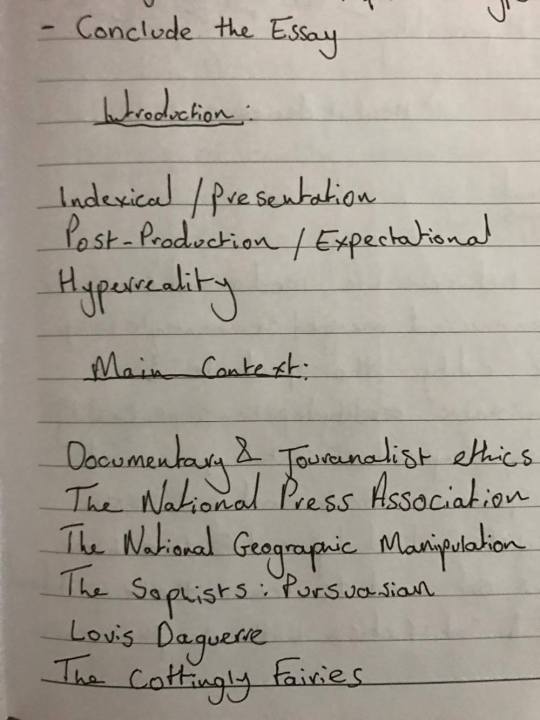
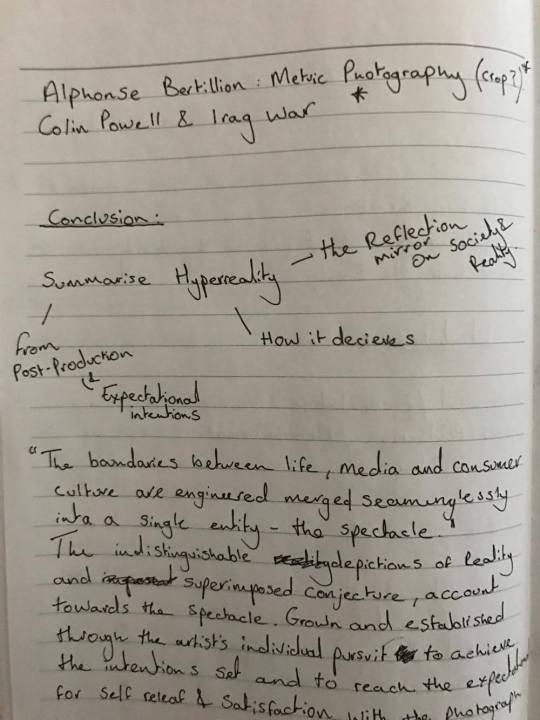
I will continue to gather research and quotes pertinent to the context of the essay, continuously considering how I can answer the question successfully and how I can provide examples to allow the reader to understand the content. I will begin compiling the research together into the specified sections to construct the foundations of the essay.
0 notes
Text
The ‘Expectational’
After my individual crit with Jo, we discussed that I needed to utilise a broader vocabulary, in order to successfully summarise my ideas and concepts through the essay in an approachable language to reduce the quantity of the explanation. In my introduction, I want to examine the profound methodologies of the hyperreality while evidencing post-production’s contributing fragments towards the expectational. Throughout the essay, I have substituted words and sentences with ‘expectational’, but I believe that to acquire the reader's full understanding of the definition, in context to the essay, I must define ‘expectational’ within the essay. The Hyperreality is constructed through post-production alternations, decided by the artist's individuality on the intentions of the photograph, or the subjects depicted, or the external output: the client. Post-production defies the indexical document to appear more aesthetically pleasing for the viewers first interpretation and consumption, although the artist can utilise post-production to enable the work to appear unrealistic, or even surreal/abstract defying the indexical fundamental further more. I am specifically aligning ‘expectational’ with the artists who strive to maintain the realism of reality in the photograph, even when the subject or attributes depicted are fictional - the photograph utilises the photographic medium to transform the fictional, with the indexical orthodoxies to ultimately create conjectural information. The expectational is the creators specific decisions to alter or morph an innovative design of reality; composed by the creators individual influences and intentions of the photograph to employ post-production to modify the original to be appear aesthetically pleasing - or retain the visual aesthetics lost from the mechanisms of the photograph to allow the photograph to appear increasingly more correlative with the vision of reality. Would this be categorised as utopianism? The photographer's intentions to make the organic appear better than it’s originality - the expectational.
Definition of ‘Expectational’ by Oxford Dictionary: ‘Of, relating to, or characterised by expectation or expectations.’ (Oxford Dictionaries | English, 2017).
To clarify the definition of the expectational, I have found a metaphorical parralesim that refers to the artist's decisions of post-producing the photograph. In the 1866 novel, ‘Alice in Wonderland’ by Lewis Carroll, Alice is encountered by a white rabbit with a waistcoat and a pocket watch, the rabbit appears in a hurry from the continuous analyzation it’s pocket watch. “Alice started on her feet for it flashed across her mind that she had never before seen a white rabbit with either a wais-coat-pocket” / “burning with curiosity, she ran across the field after it and was just in time to see it pop down a large rabbit-hole under the edge” (Carroll, 1995). I have specifically analysed the tale of Alice in Wonderful, from the direct correspondence with the expectational. The artist (Alice) is presented with the white rabbit (the thought of the expectational), it is whether the artists chooses to apply post-production to formulate the hyperreality (Wonderland). If Alice allowed the rabbit to run alone into the tunnel, then reality would remain, however, due to Alice’s actions upon the situation; the decision to follow the white rabbit led to a wonderland: the utopia of the hyperreality.
In the essay, I will include a definition of expectational from the Oxford Dictionary introducing the readers understanding of the term due to its continuous reference throughout the duration of the essay. If I define the term, it will allow me to use the word without attempting to explain it’s definition every time, ultimately summarising my essay to respond to the feedback from the individual crit.

(Walt Disney, 1951).
Carroll, L. (1995). Alice in Wonderland. 2nd ed. London: Macmillan Publishers Limited, pp.2-3.
Oxford Dictionaries | English. (2017). expectational - definition of expectational in English | Oxford Dictionaries. [online] Available at: https://en.oxforddictionaries.com/definition/expectational [Accessed 10 Mar. 2017].
Walt Disney, (1951). Alice in Wonderland. [video] Available at: https://www.youtube.com/watch?v=b0o3Q5M07wY [Accessed 10 Mar. 2017].
0 notes
Text
Individual Crit
In the individual crit with Jo, I discussed the context of my essay and the relations of the visual responses I have produced so far. I explained the struggle I am having with communicating the context of the essay through the visual responses; how do I deconstruct reality to photograph it to appear truthful to deceive the audience?If photography documents reality, how can I change reality to change photography?
In the essay, I am examining how post-production superimposes a fictional layer onto the indexical photograph, aligning with expectations and intentions, to analyse the social impact of the post-productions creation of a hyperreality. Do I simply utilise the truth and objectivity to communicate the hyperreality, or do I maintain the direction of forging a reality for the photograph to be proven fake? I believe that if I stage a fake reality or use post-production to create a fictional perception while utilising the photographic medium to portray the photograph as real (from the indexical feature) this would respond more successfully to my essay title. On the other hand, if I simply employ a truth and objectivity study for the photographic response, it would directly align to the original essay title, whilst enabling myself more freedom in the creativity of the photographs due to the broader content. I believe that to respond successfully to the brief, I should keep experimenting with the notion of photographic truth and objectivity to gather a range of specific suitable ideas/concepts, allowing me to understand and examine the ideas in contrast with the brief - developing a strong visually and conceptually based response to the essay title. I will retain the photographs of the disjointed legs as development, although I believe they correlate with the context of the essay and the subject of hyperreality; I want to progress further with the experimentation of the visual responses communicating the idea of truth and objectivity. As from the last shoot, I know that in the photographs I must depict simulacra, or references to reality, to emphasise the orthodox mechanisms of the photographic document, considering the format medium to present the deceptive subject matter features to the audience. I will continue researching into practitioners that have adapted the truth and objectivity, or even hyperreality into their work to analyse the visual responses to formulate a greater understanding of how I could respond more successfully.
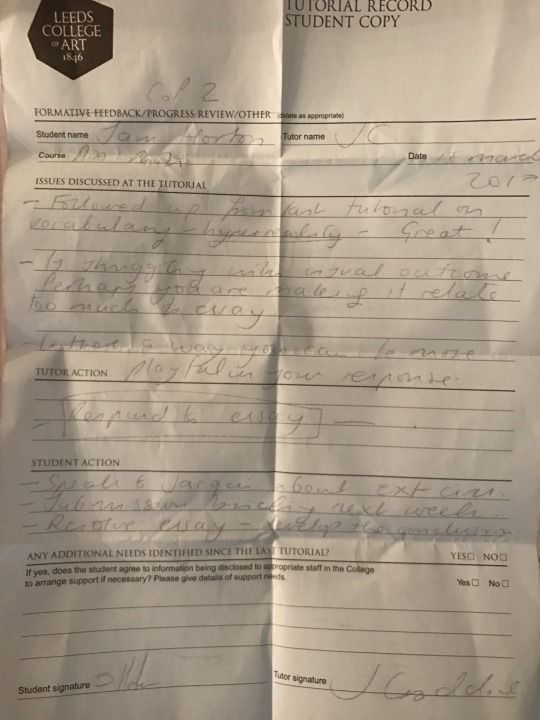
0 notes
Text
Initial Location Shoot

Although I have decided against using the idea of locations within the photographs, I have decided to experiment with the subject placement and positioning to test the idea in practice to understand whether the location benefits or distracts the dominating focus of the subject. On Wednesday, I spontaneously explored Woodhouse with my Fuji X-Pro in an attempt to generate a series of documentary-styled photographs where I pre-conceived the subject placement in the composition and considered the general aesthetic of the locations chosen, to appear visually pleasing as a documentary photograph and suitable for the placement of the dysfunctional subjects. I aimed to capture a wide variety of locations stretching from urban to environmental sites to emphasise the naturality and realism of the event being portrayed, increasing the reportage influences to the story and the photography. The weather of Wednesday successfully assisted with the shoot, I decided to go out photographing just after mid-day to utilise the brightness to reveal the detail within the locations, and to create a prominent contrast between the nature of presented subjects (dysfunctional bodies) and the warmth summers environment they would be depicted in. I preserved a shutter speed of around 125th of a second throughout the shoot to obtain a steady motionless photograph while utilising a wide aperture on the 1.2 lens to retain a deep depth of field with all elements in the frame focused.
In order to test whether the location photographs will work successfully as backgrounds for the superimposed dysfunctional unconventional bodies, I have asked a friend to quickly model her arms and legs so I can begin to start collecting photographs for the post-processing procedure. In the shoot, I positioned the model in front of a white wall to assist later with the post-production and the easy accessibility for the subtraction of the subject from the original content, to be transformed and superimposed into the location photograph. During the shoot, I wanted to apply a textural study on the legs, revealing more information on the surface and using something to increase the unconventional features; emphasising the un-normality of the subjects depicted. I then asked the model to wear fish-net tights to highlight the legs, creating a spotlight on the fluency of their motion, centralising the main focus in the composition for the viewer while studying the textures and the banality of the normal to later transform unconventionally. I asked the model to begin naturally moving her arms and legs together in a slow ambient motion, while I found interesting, thought-provoking, obscure compositions that I believe would work in a composite. The model began cautiously moving her arms in an expressive nature while I used the singular external light positioned in front of the subject to assist the exposure, although I had used the singular light, it contrasted shadows on the subject but this would be irrelevant as the intention of the shoot was to photograph limbs to be superimposed over another image, so the shadows would be unseen from the crop. I began photographing the model, creating 3-dimeonsial typologies of her limbs; captured from all perspectives to enable further experimentation in the perspectives to create abstract illusions from the banal subjects. I followed the same procedure when I began photographing the arms of the model and once I had finished, I made sure the model was alright with the use of the photographs due to issues with self-confidence, but she agreed to the use of the photographs.
After the shoot, I uploaded the photographs to Adobe Photoshop to remove the irrelevant information (negative space) within the frame, to subtract the limbs individually for their own individual use. I simply opened the file in Photoshop, duplicated the layers, and began utilising the ‘Magentic Lasso Tool’ and ‘Eraser Tool’ to isolate the subjects from the original context. Once the limbs on the selected photograph had been successfully dissected, I combined the post-produced images with others that had been isolated to combine and collaborate perspective with angels, intentionally creating unorthodox bodies to reference how photography as a medium objectifies the subjects depicted and with the indexicality of photography, the subjects appear truthful. When creating the post-processed abstractions, I carefully considered the movement before and after the photograph; the decisive moment, while regarding the subject placement and the composition, in order to understand what possible further structures can be created with the post-production. In the shoot, I struggled to isolate the subjects from their original context with the ‘Magic Wand Tool’ as the texture of the fishnets interrupted automatic selection process; I should utilise the Eraser/ Magnetic Lasso/ Clone Stamp tools. I must consider this next time I crop the subjects to preserve the realistic features to deceive the viewers more effectively. While the photographs were presented in Photoshop, I began to experiment with post-production to modify the reality from the photograph, utilising post-production to expose the impact and alterations it causes on the original. I have displayed the post-produced photographs below, experimenting with perspectives and scale, plus the overall aesthetics of how the viewer would depict the photograph, although I don’t believe they work successfully as the photographs appear modified with implements of hyperreal from the modifications, the photographs appear more as decorative items.
In my personal opinion, I believe the location photographs appear more visually appealing that what I expected, although I’m not sure how I could construct a consisting theme throughout the series of images; unless I maintain the size of the subjects (like the large depiction). In order to gather a greater understanding of what style of photograph communicates the context of the essay more effectively, whether it be on location or in studio. Next, I will need to experiment with the studio locations to analyse the effect of the subjects when positioned in front of white backgrounds; will the blank background help emphasise the highlight of the subject or will it appear uncharacterized, in comparison to the location photographs? Or do the location photographs portray too much characteristics disabling the realism in the photograph due to the superimposition? I will continue experimenting how I can communicate the context of the essay through the visual representations.
In the next shoot, I will include the feet into the composition to help achieve the realism of the subject depicted, utilising the camera to document the subject to portray the event (deceiving the subjects. Due to the last shoot, I have had to crop and amend the missing feet from within the photograph restricting my overall freedom with the experimentation.
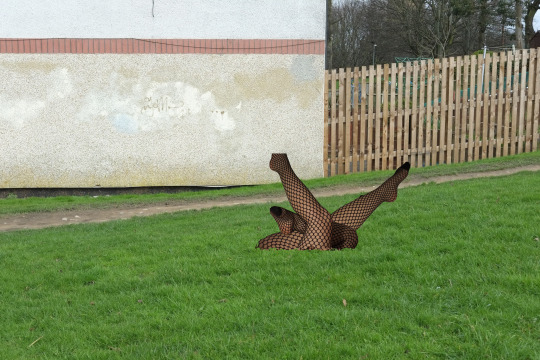

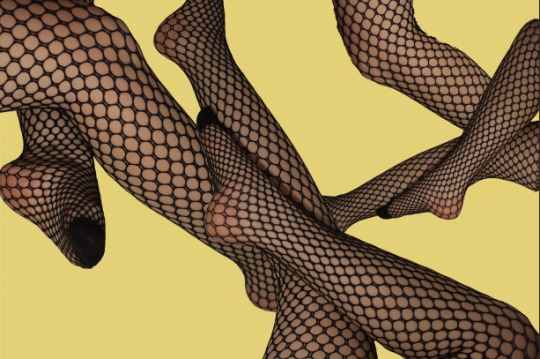
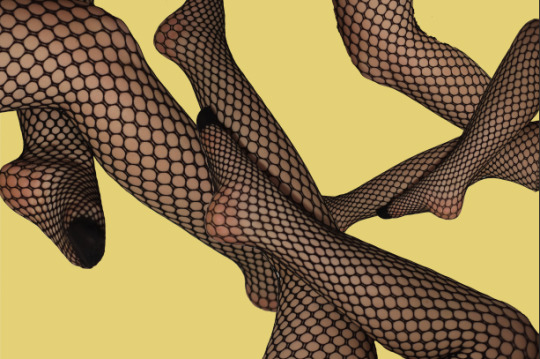

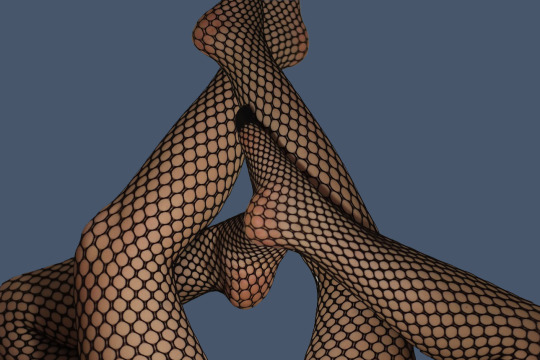

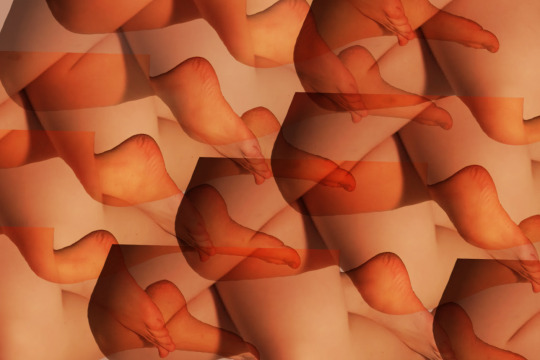

Screenshot of the post-produced photographs
Below, Original Location Photographs for the background, unedited:

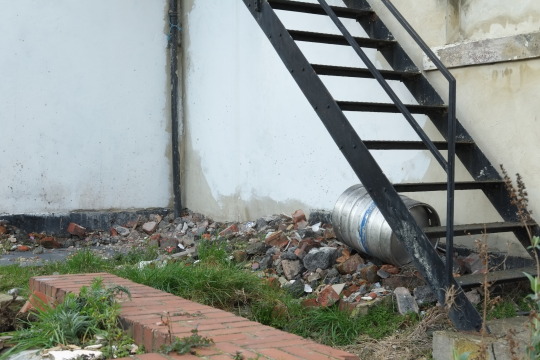
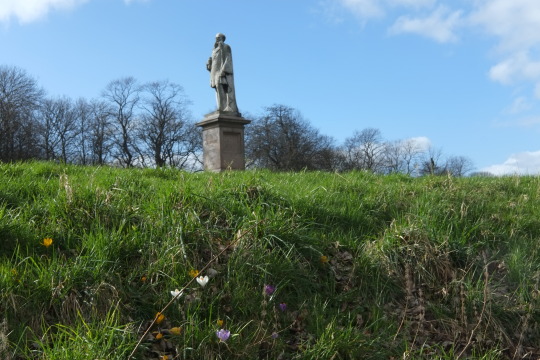

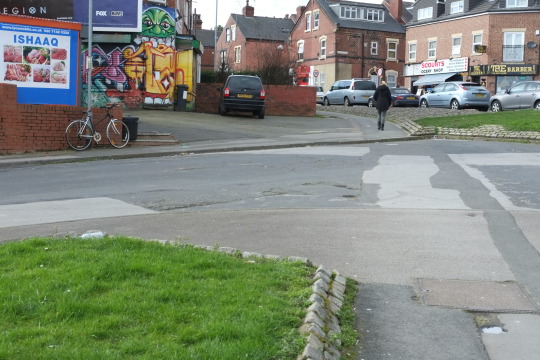
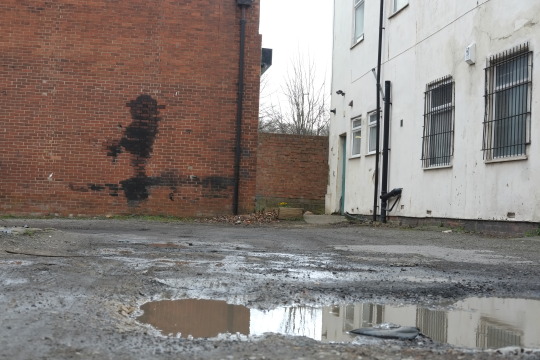
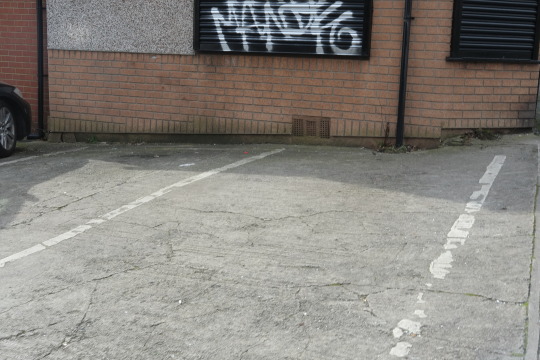
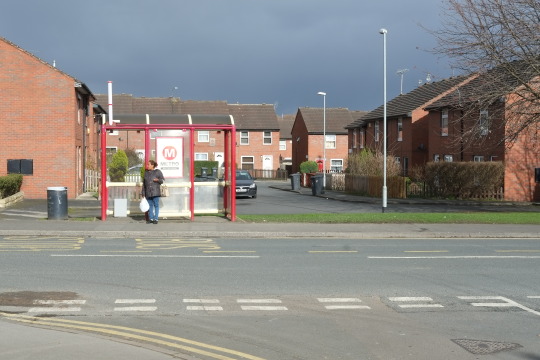
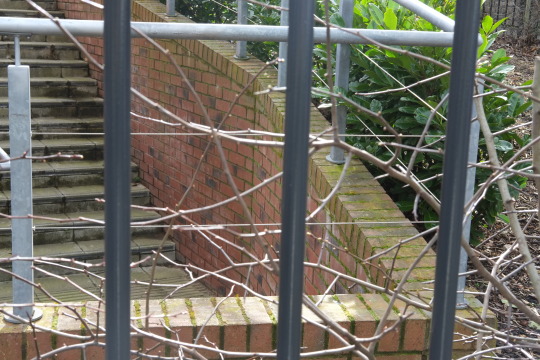
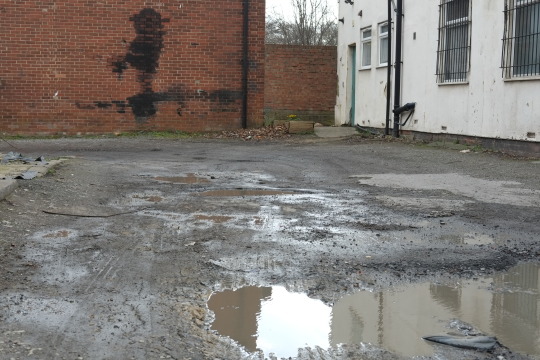


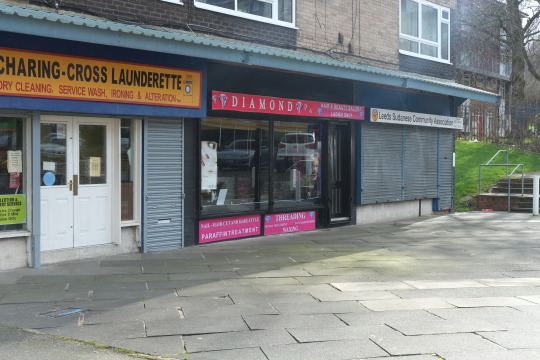
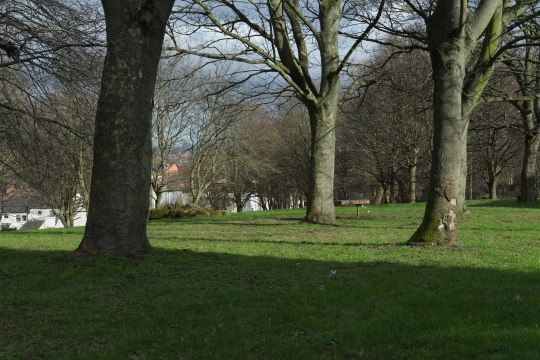

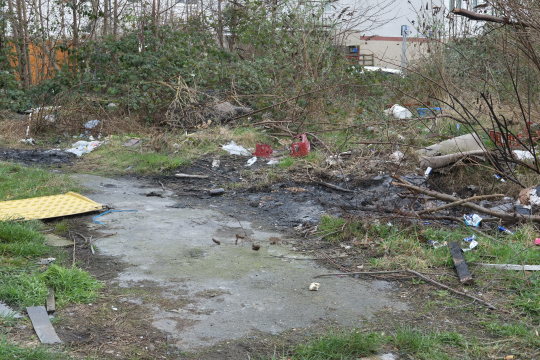
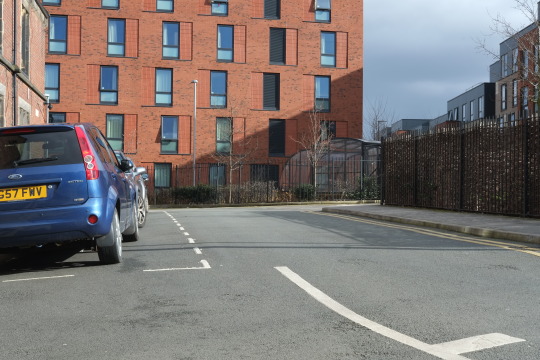
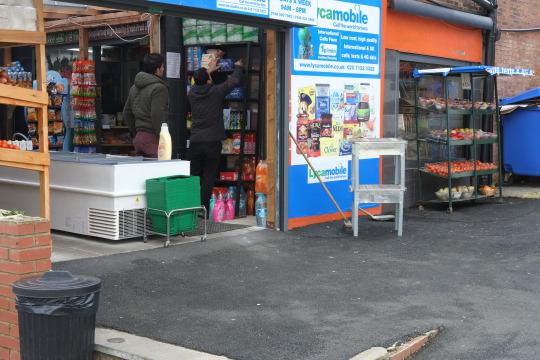
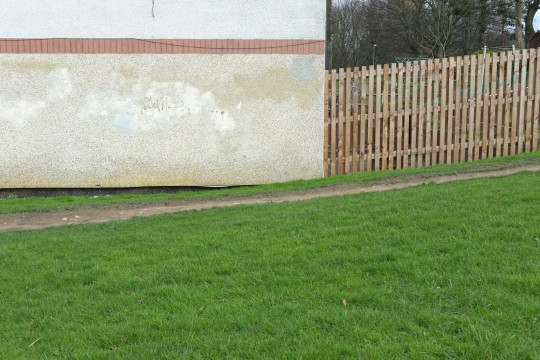
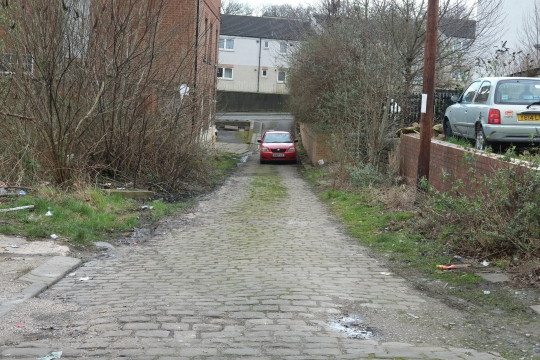
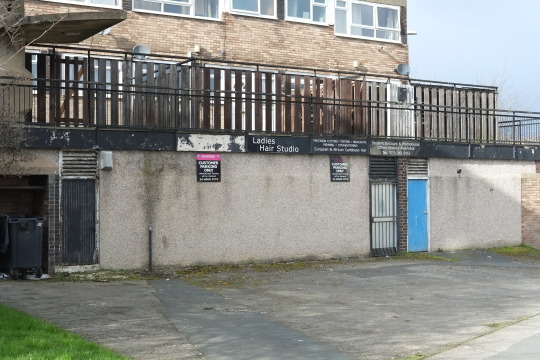
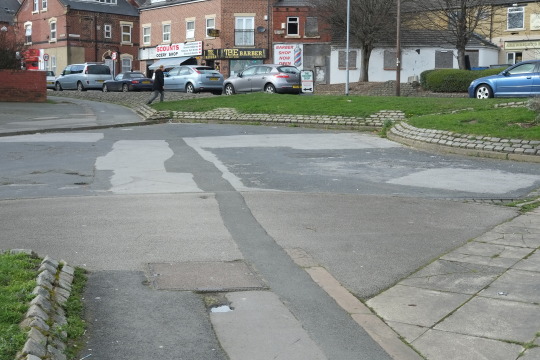
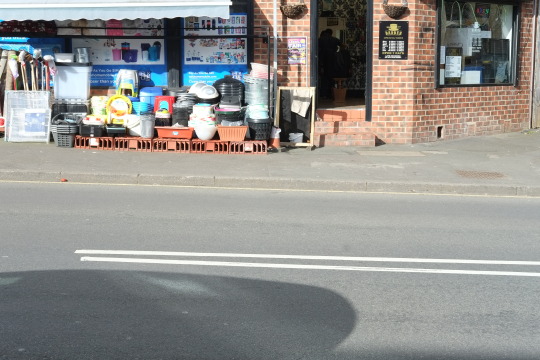
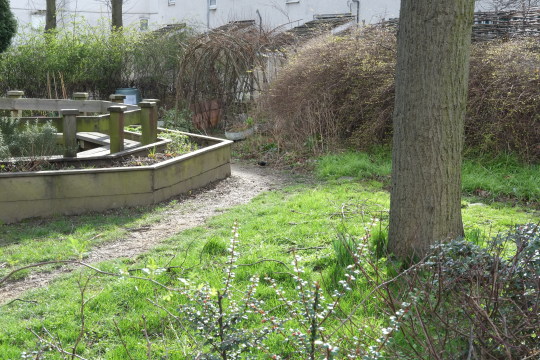


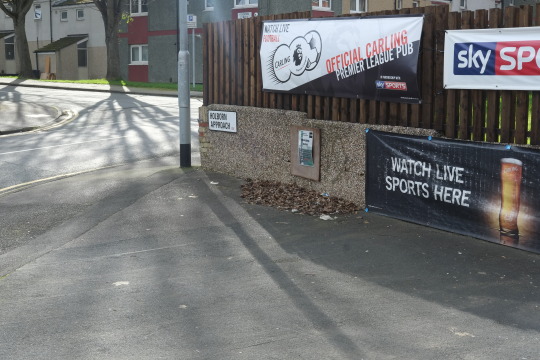
0 notes
Text
Visual Response: Initial Ideas/Concepts
In the brief, I have asked to produce a series photographs that respond to my individual curated essay title, and with the original “Truth and objectivity are important characteristics within the context of documentary photography and photojournalism. Identify where and why notions of truth and objectivity have historically arisen in photography. Explore the ways in which the idea of documentary truth has been analysed or challenged, through the examination of relevant theory and practice.” The photographs must correlate with the essay, whether I represent the context conceptually or visually, the imagery should obtain direct topical relations with the essay. As my essay title is a critique of photographic techniques, analysing the mass social impact and influence of post-production, the essay appears more theoretically structured with no direct references of photographing the hyperreality, as essentially, all post-produced photographs are continuously contributing fragments to the hyperreality. So, I have decided to take an alternative direction for the photographs. I want to emphasise the ideology of the hyperreality through a series of imagery revealing the deceptive features of the photographic medium and how the photograph can defy its indexical nature to naturally mislead the viewers through interpretation. I personally believe that the photographs should reference reality; use recognisable simulacra and common visions to increase the significance of the realism of the image - emphasising the truthful aspects of the photographs due to the viewers’ recognition of specific subjects in the frame; trees, grass, benches, shops etc. In the essay, I am examining the unknown procedures of the artist's intentions post photographing, whether there is distinctive post-production or subtle, the fundamental indexical feature appears defined to align with the expectational, the pre-existing vision of reality; morphed by the artists, almost creating a utopian perspective on reality.
It can become questionable about the accuracy and precision of digital sensors, whether the actually capture a truthful representation, or whether the artist must use post-production to retain this.
For the Visual Response, I have had an initial idea of constructing a short fictional story aligned with a series photographic images, referencing the presentation of journalism and considering the platform in which the photographs are presented; as this maintains the deceptive features for the viewer. In the fictional story, I will be exploring deceptive features to mislead the audience assisted with photographic representations to create an insight into the story through visuals. The context of the short story will unveil a specific fictional event that was never documented, as it was unknown to the public: the idea was to use location photographs with quick intentional exposures to emphasise the photographers fear positioned in front of the subject and to increase the realism of the situation. I want to delude the audience through the subject, I will post-process an existence of disorientated people situated in awkward unconventional positions in the composition, so the story would be adapted to the dysfunctional limbs (from an event that had happened? Almost like Chernobyl?) and the photographs will expose their existence, transforming the fictional subjects into a truthful representation from indexicality of the documents. I am extremely interested in the connection between photography and time, and how photography fossilises time in a tangible document. Is it inseparable or does it depend on what you photograph? So I believe that if the photographs appear void or irrelevant at the present from the public's understanding that the event didn’t happen and it was fake - in the future, the images will revitalise themselves through the mystery of the subject and recontextualise the photographs, as the observer will analyse the photographs while simultaneously referencing with the situated reality at the time.
I should consider the presentation of how I can showcase both the story and photographs together enthral the audience? In the style of journalism and news reportage, photographs are used as informative secondary sources enabling the viewer to depict the verisimilitude of the event, while the text or audio provides the story: a summary of the event. The two mediums, text and photographs, create a solidifed structured understanding to what is being perceived by the viewer, evidencing the event. While if the text wasn’t provided, the viewer's individual interpretations would dominate the photographs to enable open interpretations to the imagery, recontextualizing the original intentions and contexts associated with the photographs. Even if the photographs are unsuccessful at deceiving the viewers due to the nature of the subjects and the photographs, and the recognition of the fictional elements, in the future, the photographs should deceive the audience from the historical content and the forgotten tale of the dysfunctional bodies. I will superimpose the subjects into the compositions to emphasise the post-production implications. I then question this due to the aesthetic of the result. If I superimpose the subjects into the location photographs, would this indicate to the viewer that the people are fictional due to the technique of layering? Would it be visible to the viewer that I have superimposed the subjects into the compositions? If so, the photographs would defeat the object of deceiving the audience as the audience will be able to understand the fictional aspects of the photographs.
I wonder whether I should photograph the subjects in a studio environment? I specifically wanted to photograph the subjects on location to emphasise the banal nature of the encounters with the dysfunctional subjects while increasing the significance of the realism through the simulacra of the recognisable visions, accentuating the reality of the event. Although, on the other hand, if I was to photograph the subjects in the studio, without superimposing them into the compositions, would this accentuate the obscurity and anomalous situations? I believe it would direct more attention to the aesthetic of the subjects and centralise the focus on the subjects, emphasising their significance in the photographs. I do question whether photographing the subjects in the studio environment would make the supportive story seem less reportage to the situation, and maybe irrelevant? As conventionally the reportage photographer would document an event or situation in its raw organic form, without any studio considerations. Although, I could still use a story, but slightly alter it to align with the studio environment to inform the viewers on the subjects depicted. Instead of superimposing the subjects into the composition, I would create call out sheets for models to photograph the movement of limbs that I would later manipulate to create abstractions to the standard notion of movement, implying the dysfunctions. As I would like to photograph both male and female stripped back from identity, I would not like to ask for models imparticularly as this correlates to the theory of the hyperreality and the ‘expectational’ situated within the essay. I don’t want to curate a fashion or commercial shoot, so I must consider how the subjects will be represented within the photographs; rule of thirds, lighting etc. Defying the conventional means of studio photography. I will explore this further when I come to writing the story, in the meantime, I shall begin planning a test shoot to allow me to understand whether the dysfunctional subjects will appear visually appealing and relate to the brief.
Below, I have experimented with post-production techniques to manipulate the photograph seen below, swaying away from its original indexical expectations. I simply used the ‘Healing Tool’ in Photoshop to apply more dimensions within the photograph; exposing the subconscious emotions through the visual aesthetic, defying the indexicality and demonstrating fine-art methods and ideologies. Although I don’t believe I should preserve this approach for the final outcome, as I believe the Healing Tool technique subtracts the photograph from a document of reality, to appear manipulated, however, I want the photograph to appear not manipulated. I believe to deceiving the viewers successfully I must preserve the implications of reality but subtly altering the subjects. I am avoiding the photographs to becoming a straight reference to the essay by using cliche post-processing; I want to experiment with natural abstractions and how I could intentionally deceive the viewer through the photographic medium.
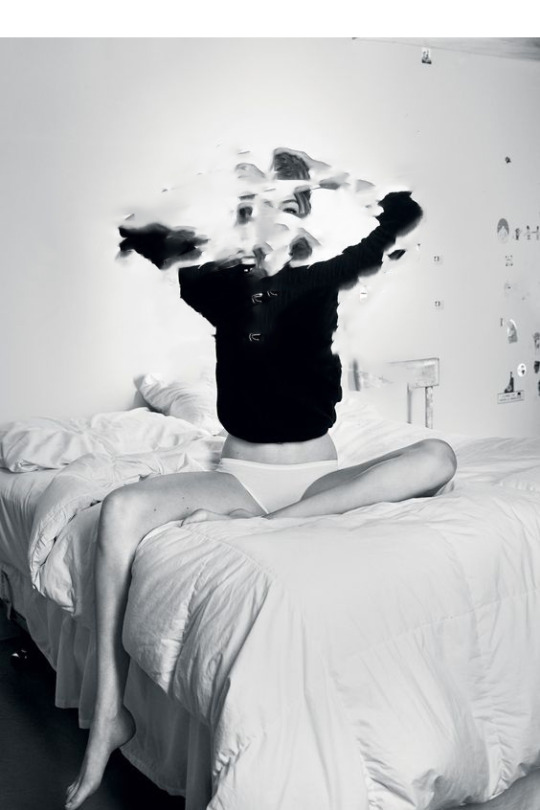
1 note
·
View note
Text
Visual Research: Tate, Liverpool.
In our recent visit to the Tate & Open Eye gallery in Liverpool, I began making notes on selected practices that specialised in defying the truth of the photographic image, enabling the viewer to be deceived by the photograph, or through the supporting text - ultimately ‘disturbing visual history’. For the visual response to my essay, I want to create a fictional story supported with text and imagery to expose the power of the visual representation and how it can easily mislead the viewer into believing the truthfulness of photographs through the indexical features and the subject depictions; in reference to the common vision. I shall even consider the medium/platform the story will be presented on as this applies an external platform forming a comfortable environment for the article to be seen, but increasing it’s significance too as an article; whether it be showcased online or in a newspaper, I must preserve the natural informative news presentations to successfully delude the audience into believing the truth of the story and images. By creating recognisable environments for the photographs & text to be presented it increases the viewer's automated response to the photographs implying the realism of the project. Whether I simply upload it to a news website? I shall begin to research more deeply into how I can present the visual response later.
In the Tate Gallery in Liverpool, I started thinking about how I could defy the conventional use of photography to abort the documentary, purposeful imagery. I wanted my visual response to imply the effect of modern photography, whether amateur or professional, all photographs help contribute towards the visual arts to form representations of the present in future years to come. For instance, I am now able to analyse 1950′s culture through photographic representations in Robert Frank’s 1958 publication ‘The Americans’ to understand the atmosphere’s/ culture/ society/ fashion/ graphic design/ photography (medium) in post-war America. Just as Don McCullin provided the world with photographs from the Vietnam War exposing the realities of the effects of war on the individual psyche to inform and present in news tabloids for viewers to understand all around the world. Although, I can only question if the text wasn’t supported with photographs would the text justify for the photographs disappearance? I highly doubt it, it seems that the photographs do not just provide us with a doorway into a visual ecstasy of beauty and aesthetic but simply a vision from the Vietnam War, however, because the photographer has stood there, been there, in the scene, chosen the composition, decided what the purpose of the photograph is, how they want to photograph the subject in relation to the purpose of the photograph. I want to abort the conventional photographic fossilisations of time to almost remove the indexical features of the photograph - in reference to it’s purpose of informing (automated) truthful depictions to completely lie to the audience through the imagery and text to construct a statement about questioning the depth within a photograph rather than ‘taking it for what it is’. The photographs on first interpretation will appear truthful due to the photographic visual representation of common sight depicted by each and every one of us through recognisable signs and perspectives. I wish to provide a contrast with the essay to make a series of photographic work, as originally, I wanted to respond with a straight documentary photographic series to imply the realism and truths within the medium without the post-production (hyperreality), however I feel that no matter what genre or purpose of the photographs there are ethical reasonings to post-production within all genres of photography. In Commercial Photography, post-processing is heavily reliant on attracting /appeal the subject for the viewers consumption or consumerism. On the other hand, Photojournalists are commissioned to photograph international events and issues in an unbiased perspective to inform through news platforms and broadcastings so it would become ethically problematic to begin post-processing photographs as the story would appear untruthful through the altered aesthetic capturing the topics. So, I want to provide a series of photographs that naturally deceive the viewer into believing the veracity of the photographs emphasised with a supporting short fictional story/ article to expose the realities of post-production within photography portrayed through an informative perspective, almost like photojournalism.
During analysing the Tate gallery, I began collecting names of contemporary and historical artists that have experimented with practices of the notion of faking and forging to formulate a statement within the context of the project; regarding the truth of the image and how the photograph can deceive an audience with the correct text etc.. to form forged photographs purposefully to deceive the viewer, raising awareness about photography’s representation and emphasising it’s easily accessible medium, whether amateur or professional everyone is able to use a camera and what impact this may have to our general understanding of events and depictions of what is happening in the world. As all photographs unconsciously inform us, whether categorized as fine art or documentary, they are still representations of reality; our common depictions, but we must remember they are not reality, as they are only representations, however, it’s the viewers interpretation upon the photograph and the artists intentions to portray how the viewer decrypts and reads the photograph to further understand it’s purpose, in reference to the context and text. It causes an aftermath of analysation, I can only begin to question the truth of everything depicted before me: the photographs presented online, in newspapers, magazines, journals, social media, billboards and on television, but I suppose it’s the artists decision and intentions for creating the photograph that allows me to understand the truthfulness. In relation to my initial ideas for a visual response, I wonder, does the usage of photographs (with supported text) allow us to bypass the question of its truth due to the supportive aspects of the imagery to text? As a photojournalist, the photographer is entitled to produce unbiased imagery that objectively supports current world events and stories for the purpose of informing audiences. If the photojournalist doesn’t efficiently respond to his specialist role and purposes, the photographs are able to deceive the audience and provide a fake response to the articles; problematic to the ethics of photojournalism in preserving a truthful documentation of the specific event. In my visual response to the essay, I want to forge a fake story and provide a series of images to support the issue, so in years to come when the photographs are analysed with the text it will disturb visual history creating a belief that the story/photographs are truthful - in the same way, the present post-produced photographs will be depicted in years to come; continuously striving to achieve the expectational, but subtly misleading the future audience through visual representation of reality. In the visual response, I will make a radicalised version utilising fundamental post-production strategies and purposes to expose this to a wider audience, in hope to raise awareness of the misleading perspectives of the photographic image.
Here below, I have copied my notes from the Tate Gallery in Liverpool of artists that have experimented with similar practices, some utilising post-production too.

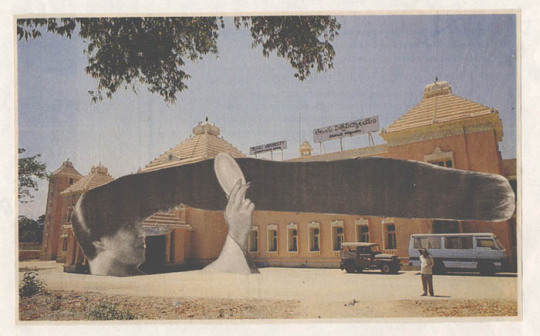
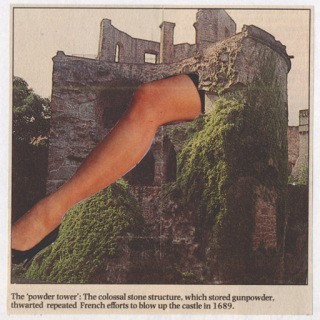
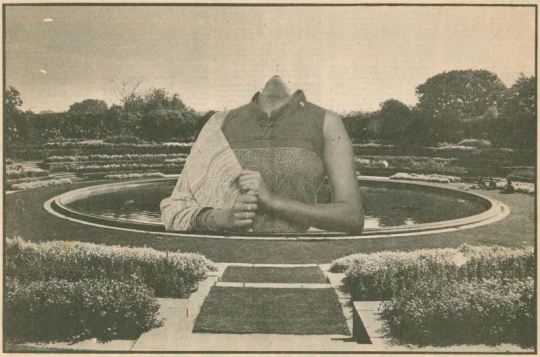
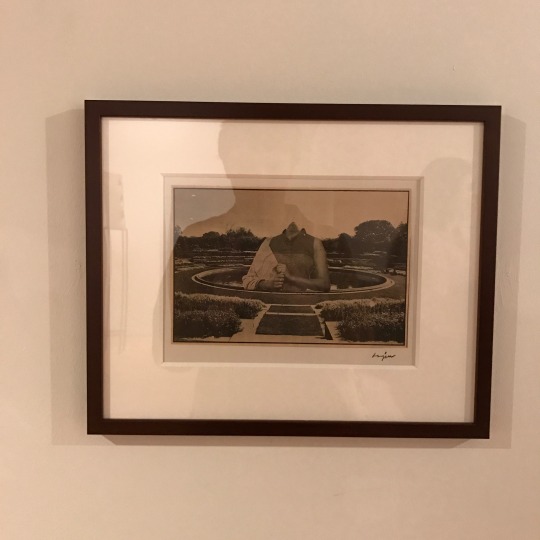
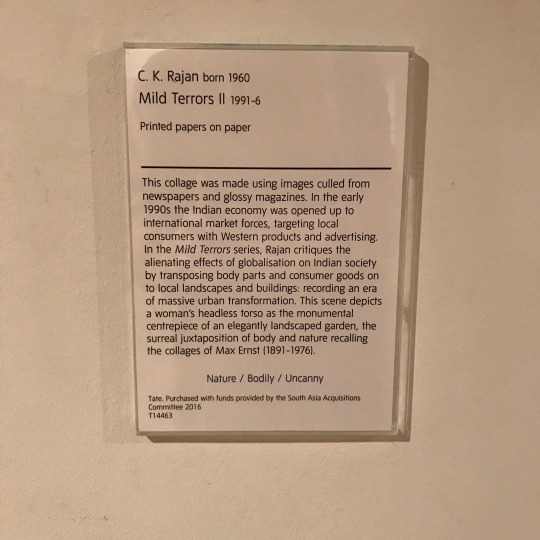
Photograph taken at the Tate, Liverpool.
C.K Rajan - Mild Terrors 2
C.K Rajan was one of the youngest members of the short-lived political group the Radical Painters and Sculptors Association co-founded by K P Krishnakumar (1959- 1989). Active from 1985 to 1989, the group aggressively rejected the narrative tendency of earlier Indian artists to dominate a contemporary response. After the association’s dissolution with K P Krishnakumar’s suicide, Rajan abandoned painting and produced a series of photomontage collages, ‘Mild Terrors’ (1991–96), which is fiercely critical of the rapacious and alienating effects of economic liberalisation on contemporary Indian society. I have specifically selected the work of C.K Rajan due to his photomontage juxtapositions creating a new modern vision of reality through the combination of photographs; ultimately defying reality and the common vision. Rajan utilised post-production into his practice to generate un-earthly depictions of sterile human parts intertwined into the location photographs, experimenting with scale and subject matters; creating correlations between the components of the original location photographs and the body parts to align within each photograph naturally, also considering the colour palette of the two images to preserve a greater significance to the overall composite. I believe that if C.K Rajan has compiled together a small informative story/ article about the realism of the photographs and the unusual sights of giant body parts on buildings and locations, depending on the text, the audience would be attracted to the story through the evidence of the event (the photographs) and the information provided (the text); the series would create a counterfeit of reality, into the recognition of belief within the images from the representation. In my visual response, I would like to maintain a similarity to ‘Mild Terrors’ through the unusual perspectives and colossus subject matters implying a confusion, while simultaneously applying an factual feature through the use of the photographic medium. If C.K Rajan had decided to paint these composites instead of utilising the photographic medium, the composites may have appeared inaccurate or presenting visually surrealist features due to the nature of the aesthetic; the purpose would be to imitate a representation, to hand-craft a vision through individualist mechanisms of the hand, however, as Rajan has employed photography it enables confusion within the images through the recognisable signs and sights (the body parts & the locations), applying a greater significance to the effect of the end result.

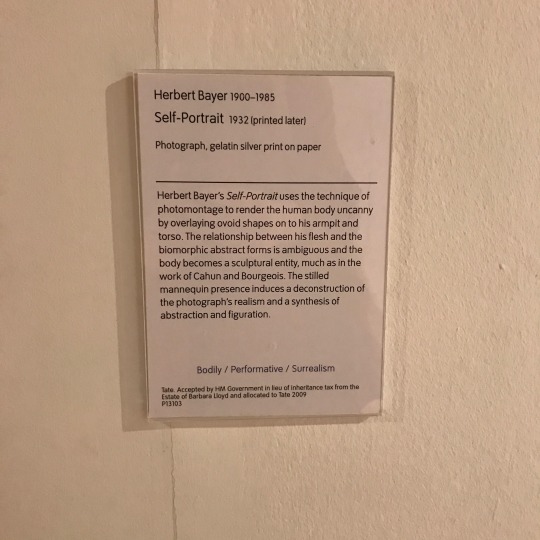
Herbet Bauer - Self Portrait
Like C.K Rajan’s practice, Herbet Bauer has utilised ovoid shapes implying the surrealism while photographing natural almost vernacular subjects (in this case, himself) to emphasise the contrast between the ambiguity of the objects and the sculptural formation of Bauer’s pose in the photograph. It enables the audience to question the truth within the image through the dissection with the ovoid shapes, without considering post-production, although, not all viewers think about the post-production in the photographs as the photograph provides recognisable features in common life to prove that the photograph must be somehow true. I wish to extend this study in my visual response, I want the photographs to appear smooth within the composition as truthful documentations, as photographs, to bypass the observers recognition of the edited/altered features within the image, however I must consider how I could do this without radicalising the post-processing to maintain the general photographic aspects. On the other hand, I could make an ultimate contrast to fully expose the alterations to imply the post-produced features of the photographs that appear unnoticed within the images? Generating a statement of awareness for the viewers, manually dissecting photographs to expose the nature of the post-production. I shall begin to collect ideas upon this.
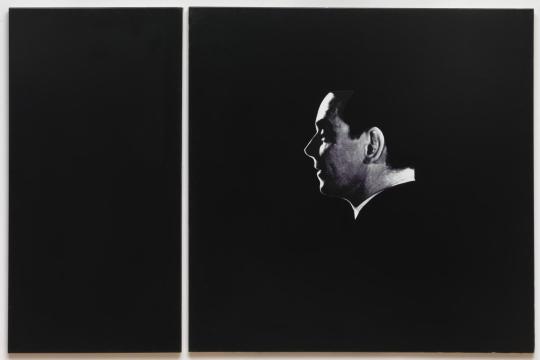
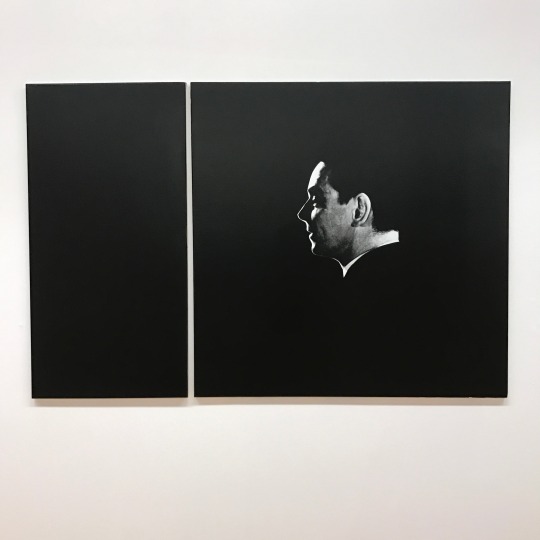
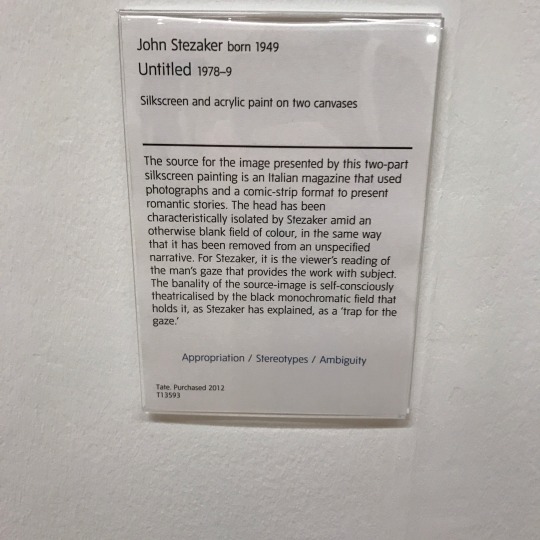
John Stezaker - Unitled 1978/9
“John Stezaker’s work re-examines the various relationships to the photographic image: as documentation of truth, purveyor of memory, and symbol of modern culture. In his collages, Stezaker appropriates images found in books, magazines, and postcards and uses them as ‘readymades’. Through his elegant juxtapositions, Stezaker adopts the content and contexts of the original images to convey his own witty and poignant meanings.” http://www.saatchigallery.com/artists/john_stezaker.htm
I selected the specific text above from the Saatchi Gallery’s website as it perfectly summarises Stezaker’s practice; focusing on the concept of portraiture, both as art historical genre and public identity. Stezaker utilises publicity shots of classic renowned film stars, splices and overlapping famous faces, creating hybrid ‘icons’ that dissociate the familiar to create sensations of the uncanny from the representations. While in the Tate Gallery, I noticed Untitled (seen above) and immediately moved towards it, I was truly captivated. I stood indulged in front of the painting in an attempt to decrypt the man’s gaze due to the removal of the context, the split canvas and the dominating black negative space raises, even more, emphasise to the floating head positioned slightly off centre, ambiguously looking towards the split in the canvas. I was intrigued by the Stezaker’s isolation of the subject how he constructed a new context within the blank negative space, simply depicting the mysterious head. As the photograph is removed from its context it almost enables the observers to automatically generate a context or to start a quest to discover the context of the original photograph, while appearing aesthetically appealing as a photograph. I believe in the research of my visual response, I will be analysing the majority of John Stezakers practice to understand his intentions and purposes for the photographs.
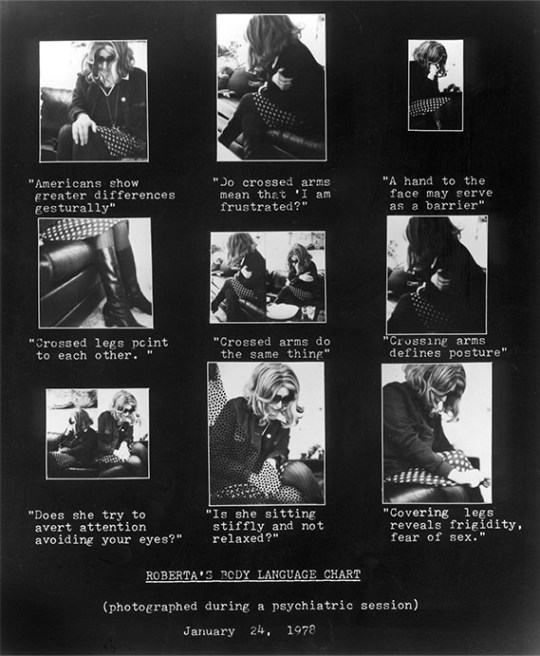
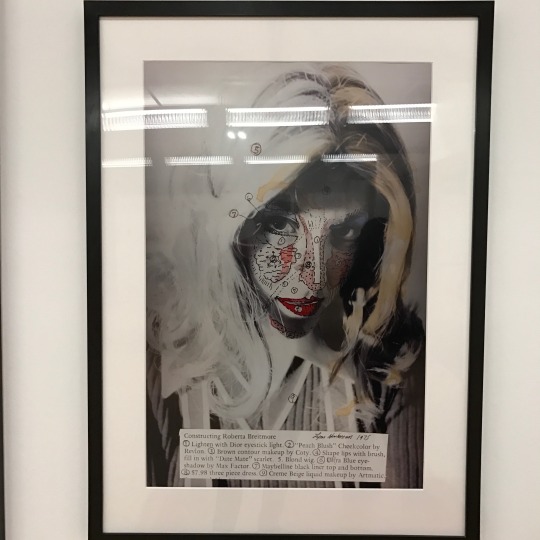
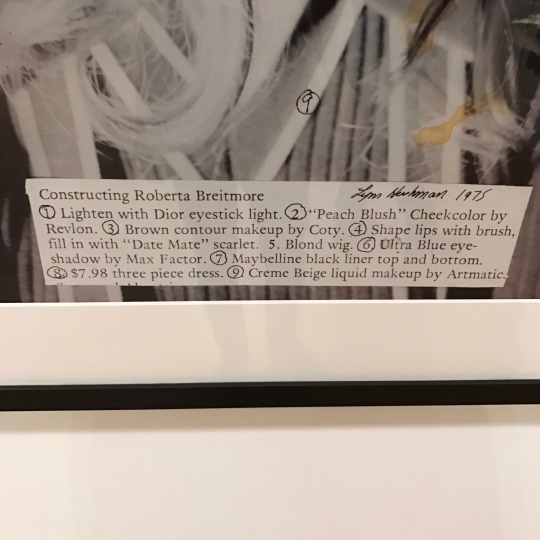
Lynn Hersman Lesson ‘Roberta Breitmore’ (1975)
In 1973, Lynn Hersman Lesson constructed a human parallelism to herself performing as the fictional character, Roberta Breitmore. During the initial stages of Breitmore’s existence, her first act was to arrive in San Fransisco by bus and check-in to the Dante Hotel; introducing contact with civilisation and society, but also generating records of Breitmore’s existence. In following years, she undertook real life activities and events, such as: opening a bank account, renting an apartment, obtaining credit cards, becoming involved in occupations, such as EST and Weight Watchers. Hersman Lesson had constructed a fictional human reflection, participating in standard conventional expectations whilst observing the individual from an outsiders perspective but simultaneously being in control of the individual. It enables me to question whether Lesson was satisfied with her own life and existence? And did she construct the Breitmore pursuing escapist methods to subtract herself from who she was and what she had experienced in her own existence? After several years, Breitmore multiplied into four separate people appearing in her guise, until 1978 where the performance ended. It ended at the Palazzo dei Diamanti in Ferrara, Italy in an exorcism ritual held in the crypt of Lucrezia Borgia, where Breitmore was transformed through the elements of fire, water, air, and earth. I specifically selected ‘Roberta Breitmore’ by Lynn Hersman Lesson in reference to the initial ideas for the visual response to the essay. As the essay examines how accessible post-production software; mobile and industry, alters the natural indexical features of a photograph to construct an unreliable representation online to formulate an hyperreality.
I wanted to construct a series of images that deceive the viewers in the same way post-production affects the photographs, and unconsciously influences the observers. So to emphasise this, I believe if I made a series of photographs presenting fictional values (subjects etc), intentionally disrupting the natural documentation values of photography, in order to lie to the viewers through the indexical visual representation supported with a short story or article to influence the viewers depiction of the images, further misleading the viewers. I am interested in time and photography, two exceedingly interesting elements that conjoin naturally with one another through the exposure of the photograph; emphasised through cultural/social features depicted within the photograph. I wanted to experiment with how the photograph encapsulates time with each exposure, fossilising the moment through. In a photograph, time can utilise different intentions and alternative depictions of subject matters, for instance: News Photographs displayed out of context removed from the natural environment of their general depiction, newspapers and from the medium of their display. The images (observed individually) removed from their original context do not display the same effective features as when in context, they appear void imagery, irrelevant without text. Like John Stezaker’s ‘Untitled’, as seen above, characteristically isolating the head of the subject removed from the original narrative to present a different interpretation of the subject when isolated. So, in my visual response, I want to combine Lynn Hersman Lesson’s practice of misleading the public through natural trickery but in a photographic response, correlating to the indexical features and the acceptance to believe the truth of the photograph due to the visual representation of reality. While combining the surrealist post-produced (important to use post-production to expose and emphasise it’s effect misleading the viewer, unstabilised the distinction of reality and hyperreality in the photograph) subject practices of C.K Rajan and Herbet Bauer; the analysation of using natural indexical features, referencing common visions to apply subtle implications that juxtapose the fictional with the real through strong compositional values. Although, the photomontages have been created pre-photoshop, so the artists will have most possibly manually handcrafted the fragments onto the photographs from printed sources. I should consider this for when I begin to construct my imagery, as I will be using contemporary industry software's to manually alter the photographs. I should analyse the practice of contemporary artists that utilise computerised post-production to experiment with photographic trickery methods to gather a greater understanding and knowledge of the visual features of my practical response.
0 notes
Text
Fake News Disseminators

Screenshot above from The Guardian ‘What is fake news? How to spot it and what you can do to stop it’ (Hunt, 2017).
I have decided to examine the dissemination of ‘fake news’ and it’s misleading supply of information, corresponding to the parallelism effect of post-production on imagery; from the deceiving factors advertised by the presented format of the information and the medium, in which it is presented supplemented with the photographic representation of reality; emphasising the realism within the viewers first interpretation. mass amount news stories generated every day, whether in print or online; it is difficult for the viewer to identify the truth of the news story unless it is presented in a recognisable news distributor, but even then we, as the observers can still question the truth of the story. Fake News websites publish fictional, hoaxes and disinformation purported as real news; from the professional visual representations of standard contemporary platform layouts for the publicising of news. Although, I investigated the ratio of online and tangible news distributions where I discovered the majority of fake news is broadcasted online. I question, is this due to the accessible reproduction of online news and it’s dissemination? As, tangible fake news stories would appear void, or as a comical publication unless the publication became recognisable against other professional news paper distributors. In the present society, the relevance if newspapers are slowly deteriorating due to the increasing consumerism of free news online.
After researching online fictional news distributors, I discovered two current websites that have morphed the aesthetic of standard news depictions to enable the fictional content to appear truthful.
70news.wordpress.com
Although the title and the url may appear unprofessional in contrast to legitimate online news distributors, when in context, or presented on social media, the title becomes irrelevant as the story engages the viewer through the supportive photographic documents of the story and the enthralling headline, informative text; emphasising truthful nature of the broadcast. The website ‘70news.wordpress.com’ has dispensed a significant backlash from it’s deceiving features. After the last presidential election of Donald Trump, internet users searched Google for the “final election numbers”, “final election results”, “who won the popular vote”, and other similar phrases, where directed to ‘70news’ falsely claiming that Trump had won the popular vote. It opens a questionable debate behind ethics journalism and the individual codes of conducts obtained by professional news distributors, however, essentially, this is fake news deceiving a mass majority of internet users utilising online news.
I have displayed two screenshots of 70news presented online (70news.wordpress.com), and on social media (Facebook), to examine the visual aesthetic and the deceptive features utilised to enable the appearance of the news presentation as a truthful source of information.

Screenshot of ‘70news.wordpress.com’.
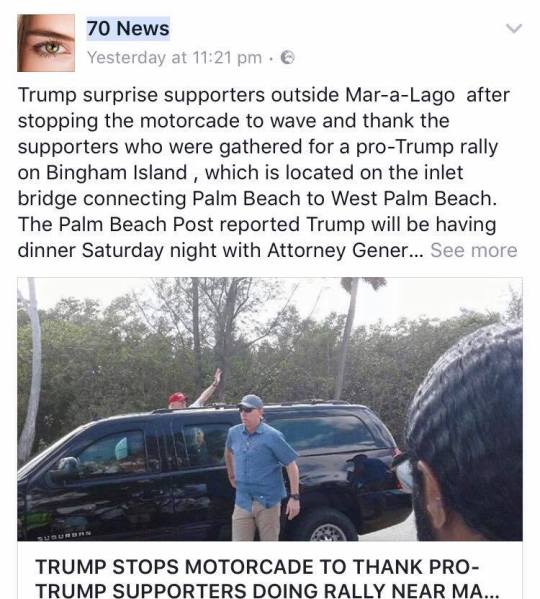
Screenshot of 70news from Facebook.
In the screenshot from 70news website, the deceiving features are less prominent due to the aesthetic of the website design, enabling the viewer's recognition, in contrast to other news distributors, that the source presented may be of fictional context. Although in the Facebook post, the story is categorised into a fragment that appears alongside others, displaying the same visual presentations with different content; metaphorically, like a window, displaying different content while remaining a window, a gateway. The photograph displays alleged Donald Trump positioned behind a car acknowledging a crowd of pro-trump supporters - the photograph enables an insight into the event, opening a gateway of vision, utilising the photographic medium to inform the vision supporting the information provided in the article.
I specifically decided to analyse fictional news publications to depict exactly the utilised presentation of the representations to understand the deceptive methods of interpretation from the photographs, to formulate a further understanding of how I could formulate a visual response from the context of the essay. It is only when we, as viewers, depict an article like this that we ultimately question the truth of the news, or defining which is the truth and which isn’t. Photojournalism is predominantly important method of exposing photograph due to the supporting information assigned with the visual, to direct and influence how the viewer's interpretation and depiction of the subject. Without text, or if the photograph out-of-context, the viewer may depict a different perspective of the photograph based on the individual's knowledge of the representation. The photographs are aligned to a specific date to develop a visual insight into a story, event, issue or topic explained in the text supported, if the photographs are removed from the conventional systemised correspondence to time. How can I disrupt this notion of utilising the same methodologies and approaches of photojournalism to present photographs, supported with text to decieve the viewers on the subjects presented, displayed ficitional representations but elevated by the supproting context? I will continue to analyse this further to understand how I could visually respond to the essay and the examining the systemised conventional orthodoxies attached to photography.
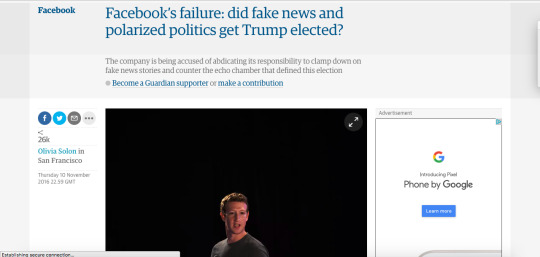
(Hunt, 2017)
Like photographs, the medium of news sites are able to disguise and characterise themselves to appear real and official news sources, further to deceive the public to believe to believe the stories as real. It is in general commodities to analyse social media and online for news articles, shared constantly throughout social media sites preserving an updated online display, does this mean that everyone is being supplied with irrelevant or fake news, making it harder to distinguish what is real and what isn’t. I do question whether fake news and polarised politics assisted the succession of trump election? Whether I will dedicate a section of the essay to examine fake news distributors, I am not too sure yet but I believe the platform of the presentation accounts specifically towards the visual response corresponding to the truth and objectivity context of the essay; how the viewer perceives the image and interprets it.
0 notes